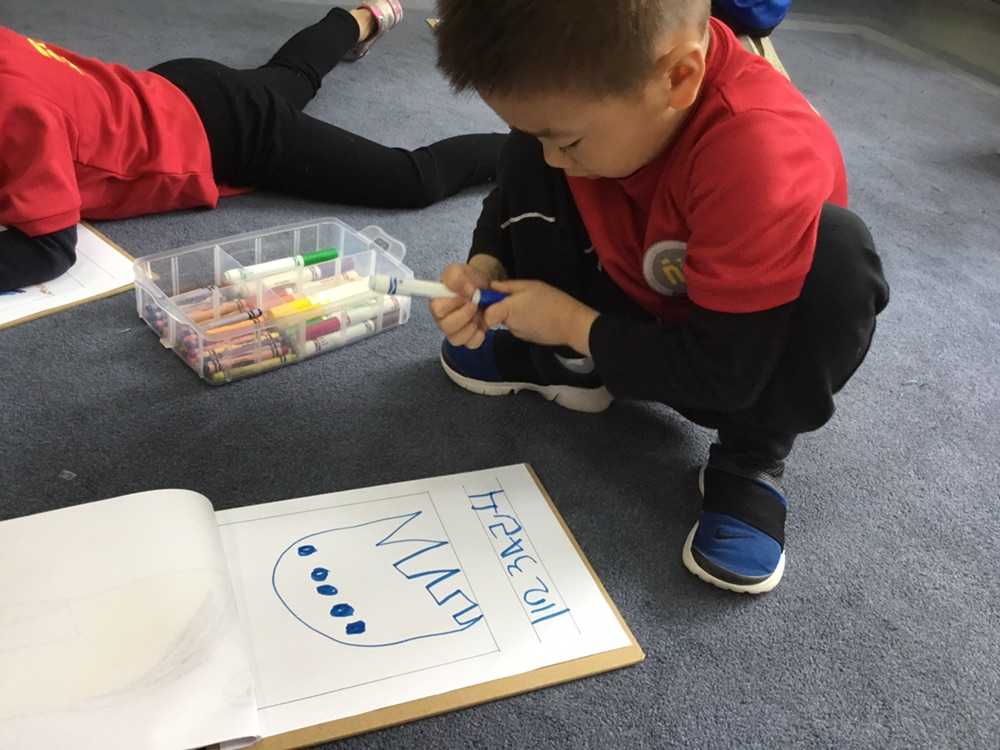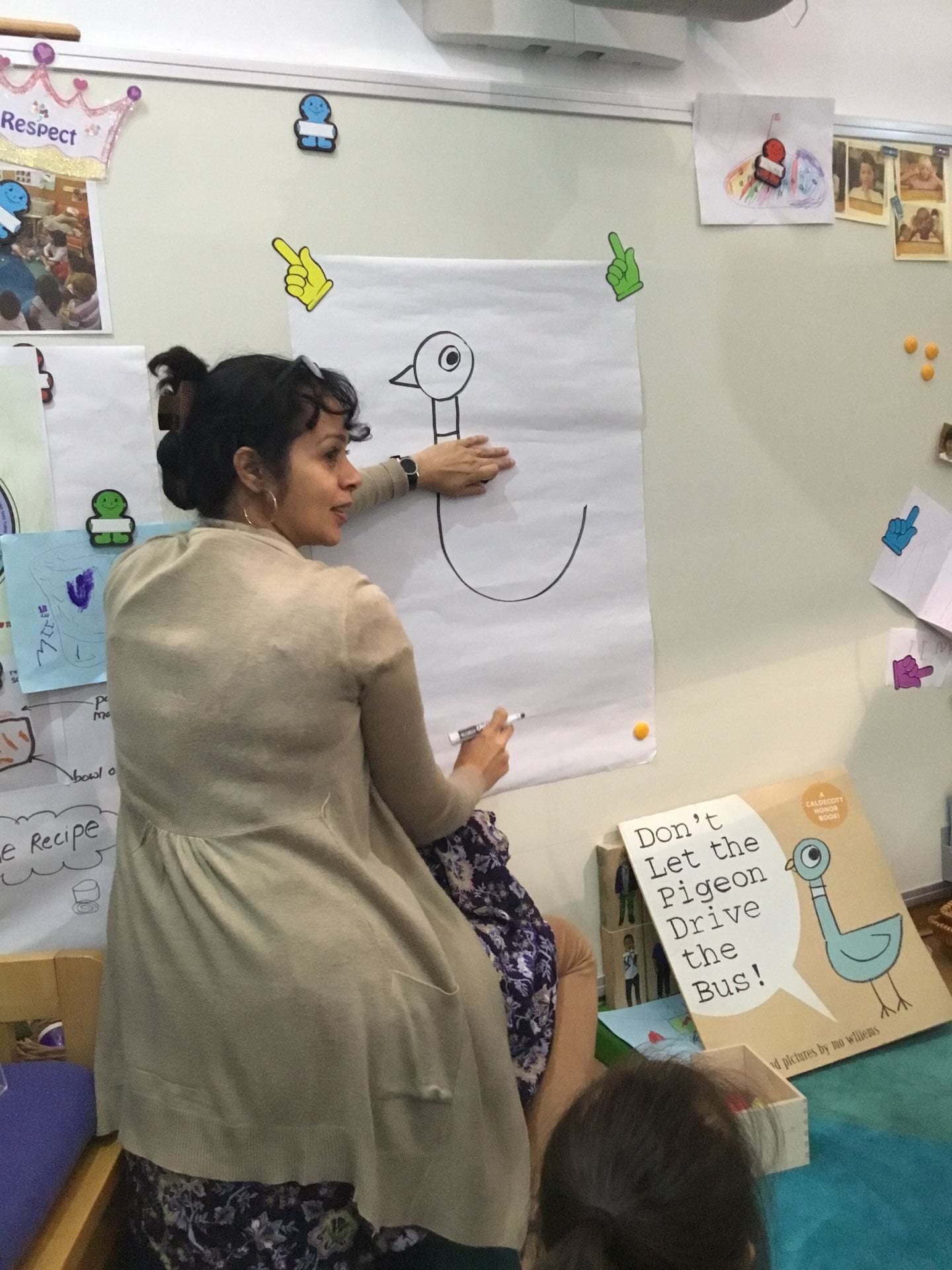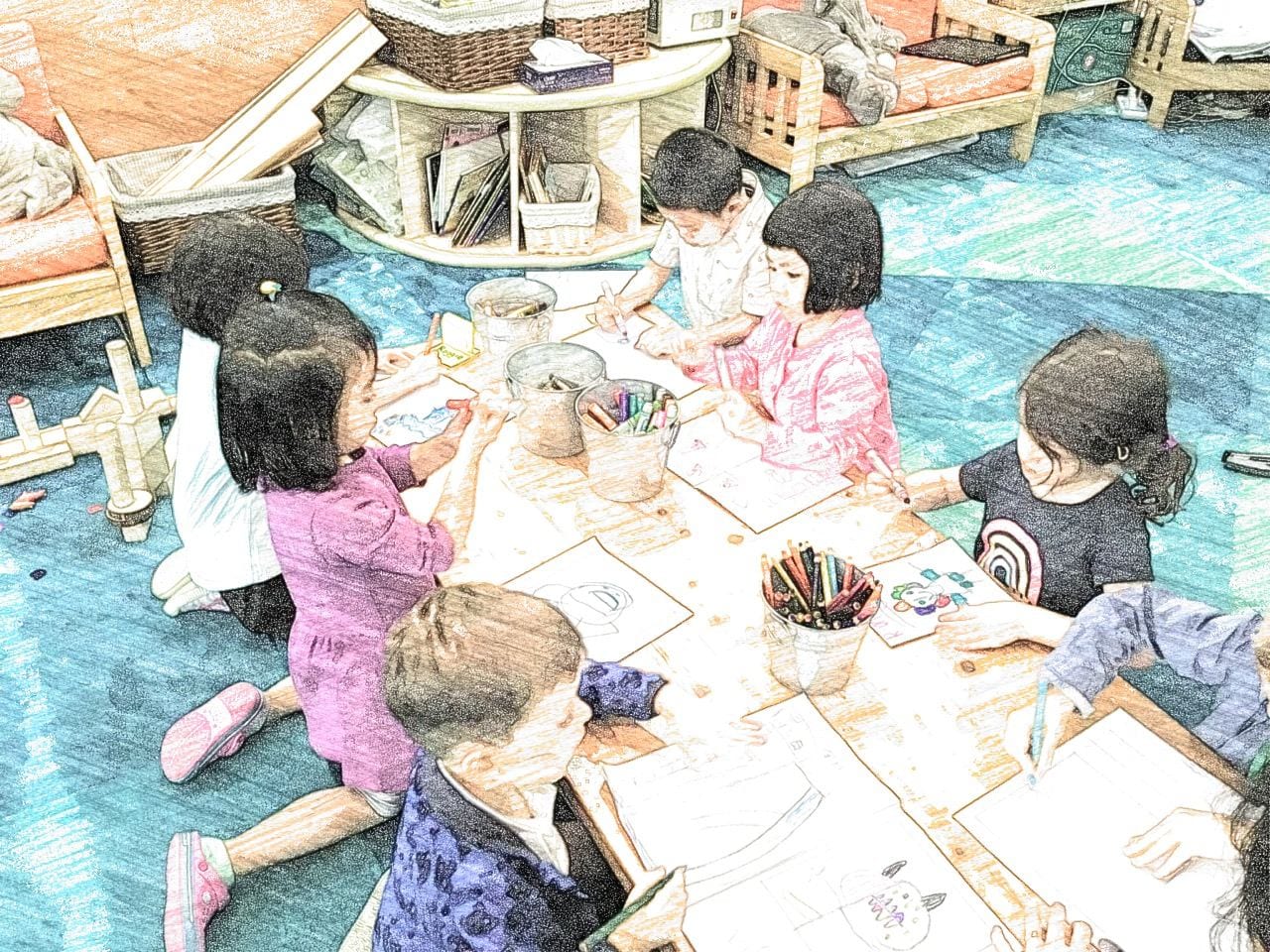We know that readers of nonfiction books do an extra-brainy, intense kind of thinking. Readers pay attention to details and think, “How can I put together what I am seeing, to grow ‘knowledge’ about this topic?”
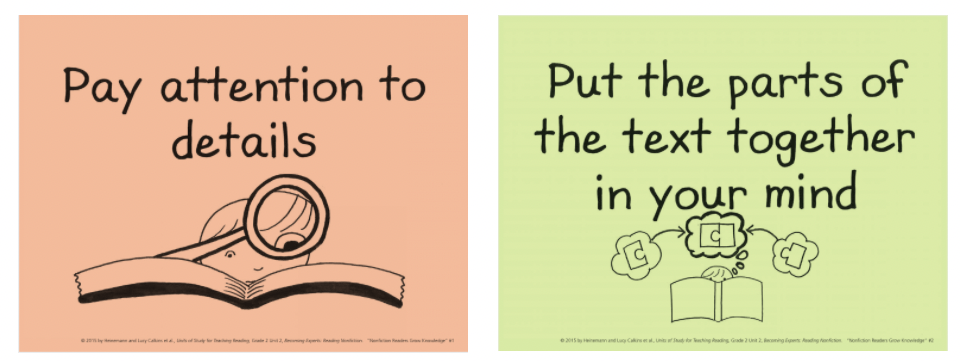
As readers, we don’t just grab on to one detail that we notice. We look at all the different parts of the page, and the text, as we try to put what we are learning together in our minds. Instead of ‘glancing’ at the diagrams, we need to look closely at the details. Then, put what we know together to build a deeper understanding.
We can go back to the text to find the facts that are most connected to the idea.

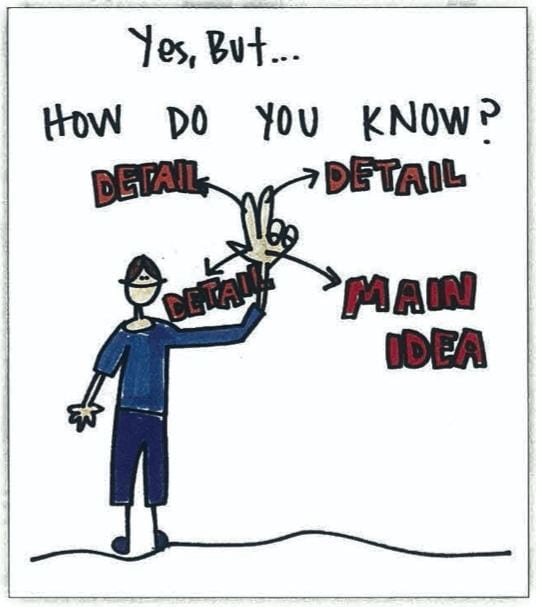
Reading Strategy: We can use Pictures, Illustrations, and Diagrams
Illustrations give clues about the meaning of words and text. Paying attention to the pictures may confirm the meaning of words. Picture books are not the only texts where pictures convey meaning. Readers are exposed to pictures in much of their nonfiction reading. Knowing how to figure out words by using background knowledge, looking at the picture, and inferring its meaning enhances vocabulary.
How might we know if a text is fiction or nonfiction? We discussed and the different Features of Fiction and Nonfiction Texts.
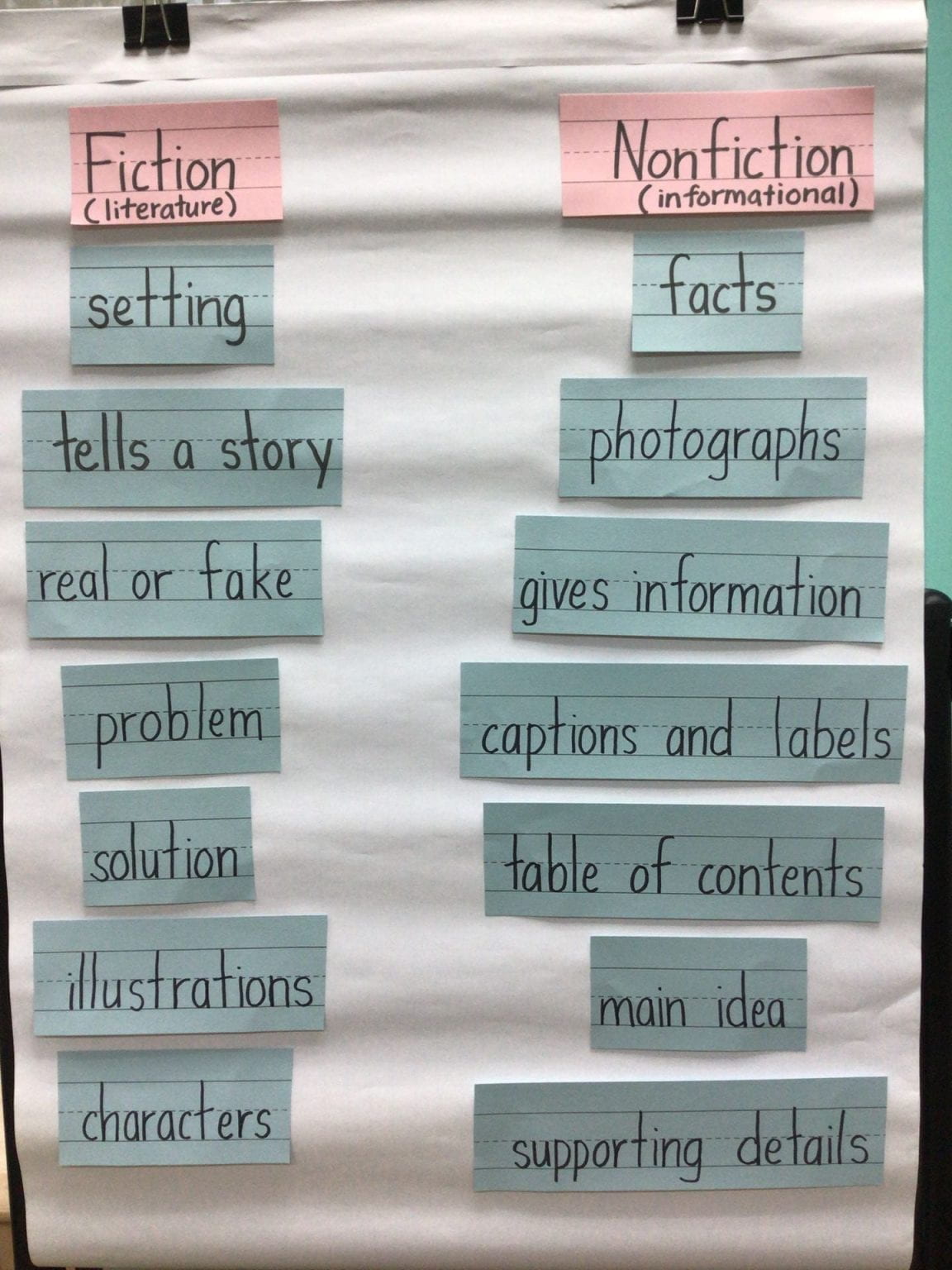 Then, we took a closer look at nonfiction texts to see if we can identify some of the terms related to nonfiction texts.
Then, we took a closer look at nonfiction texts to see if we can identify some of the terms related to nonfiction texts.

We read the non-fiction text ‘Kelp Forests, Exploring a Floating Habitat‘ by Jan Burkins and Kim Yaris to help us explore how these texts share information and help us understand topics, concepts and big ideas.
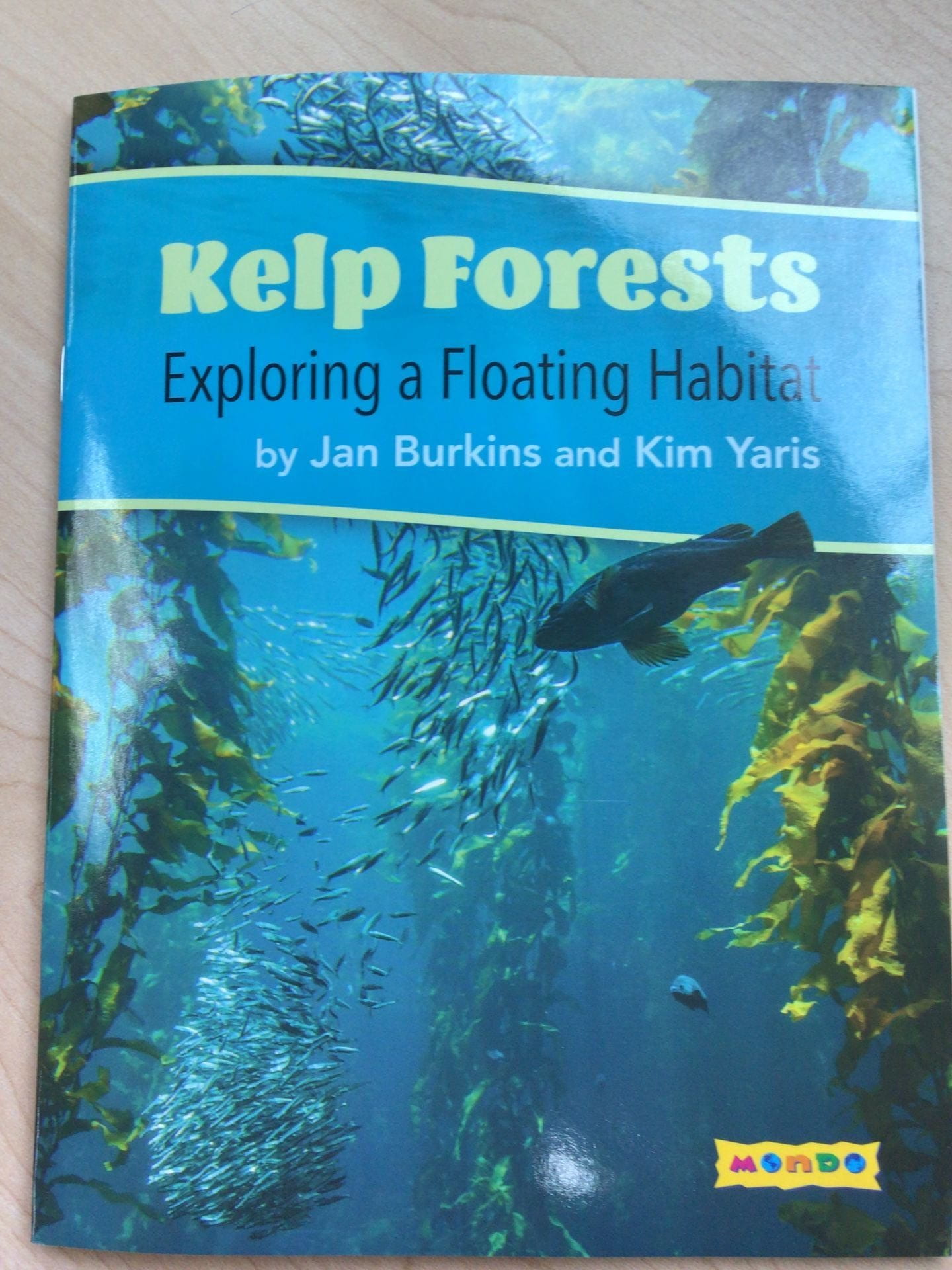

Here are some ways to talk about our thinking:
- I’m noticing…
- I’m learning…
- I’m wondering…
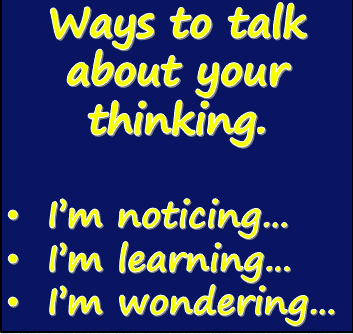
Reading Strategy: Ask questions to engage with the text.
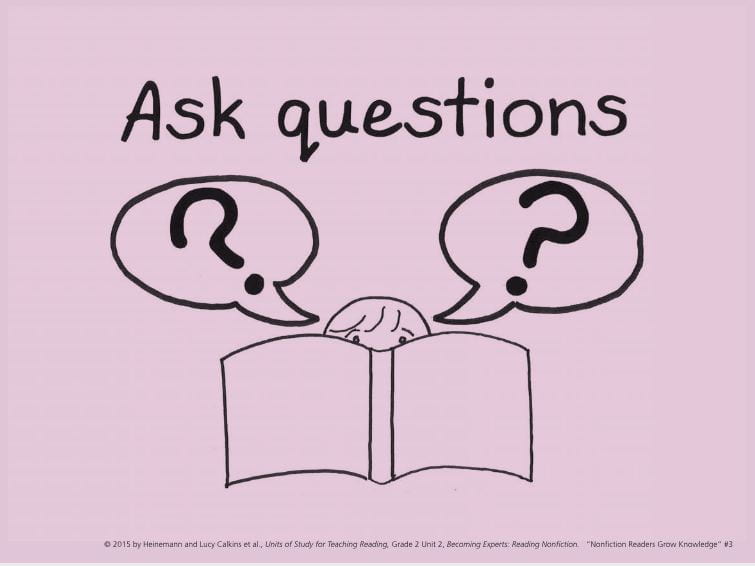 We can engage our minds by asking questions as we read. When reading fiction, we might ask, “What comes next? Why did the character do that?”
We can engage our minds by asking questions as we read. When reading fiction, we might ask, “What comes next? Why did the character do that?”
When reading nonfiction, we might ask questions about the topic, “How do I know?”
When we ask and answer questions while we read, we know our minds are turned on to a book, this means we are coming to the text with curiosity. It can feel like we are having a conversation with ourselves as we question and inquire, wondering what will come next. We can read on to answer our questions!
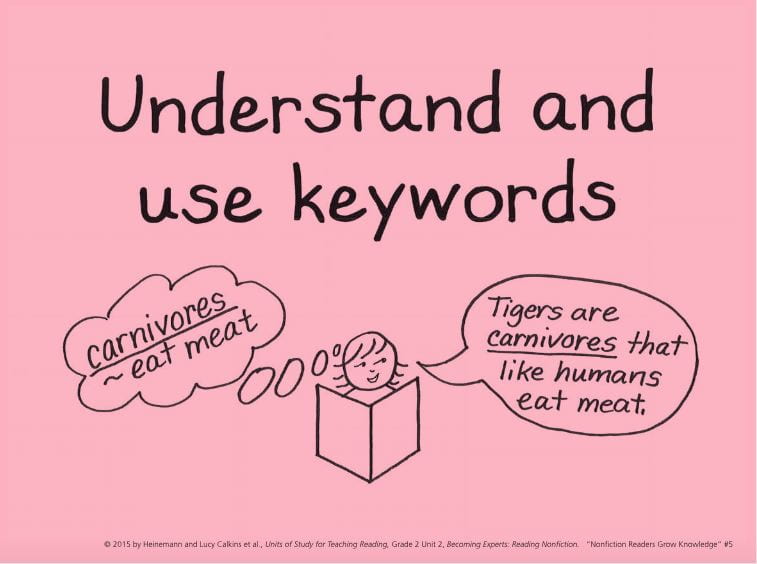
Reading Strategy: Use Word Parts to Determine the Meaning of Words
Looking at parts of words helps readers break the word’s meaning apart and supplies them with a strategy to understand new words they encounter. While looking at the distinguishable parts of a word, readers use their back- ground knowledge of the word parts along with their knowledge of the text to infer the meaning of the word.

Reading Strategy: Use Dictionaries, Thesauruses, and Glossaries as Tools
Readers use many strategies to increase their understanding of words and texts they are reading. Although there are many different strategies to use, one of the most widely known strategies is using a dictionary, thesaurus, or glossary as a word learning tool. Readers use this strategy when they need a precise definition of a word or a list of other words that mean the same thing. In order for readers to be successful at using these word learning tools, they must first understand how they work.
Two students create a poster to share the reading strategies they have been using during Guided Reading lessons.

As researchers, we have been reading books, watching videos and engaging in dialogue to learn more about living things. We have looked for ways to share our own understandings with others. As writers, we have been wondering what techniques we might use to teach our readers about the different things we are learning.


We are learning that writers can include introductions. They help readers know what they will learn about. Informational texts:
- can start with an action
- start with a little story to hook and pull the reader in
- start with a big idea
- start with questions to get the reader to think
Writers can include conclusions. They can also leave the reader with a big thought or idea.
Bringing all these ideas together, the students have been working on creating their own piece of informational text. This would accompany their 3-Dimensional model or audio book projects.
 There was a clear idea of a topic. The pages included words and sentences that talked about the pictures. We know that good writers think about questions readers might have about a topic and then find ways to include this information through drawing and writing.
There was a clear idea of a topic. The pages included words and sentences that talked about the pictures. We know that good writers think about questions readers might have about a topic and then find ways to include this information through drawing and writing.
































































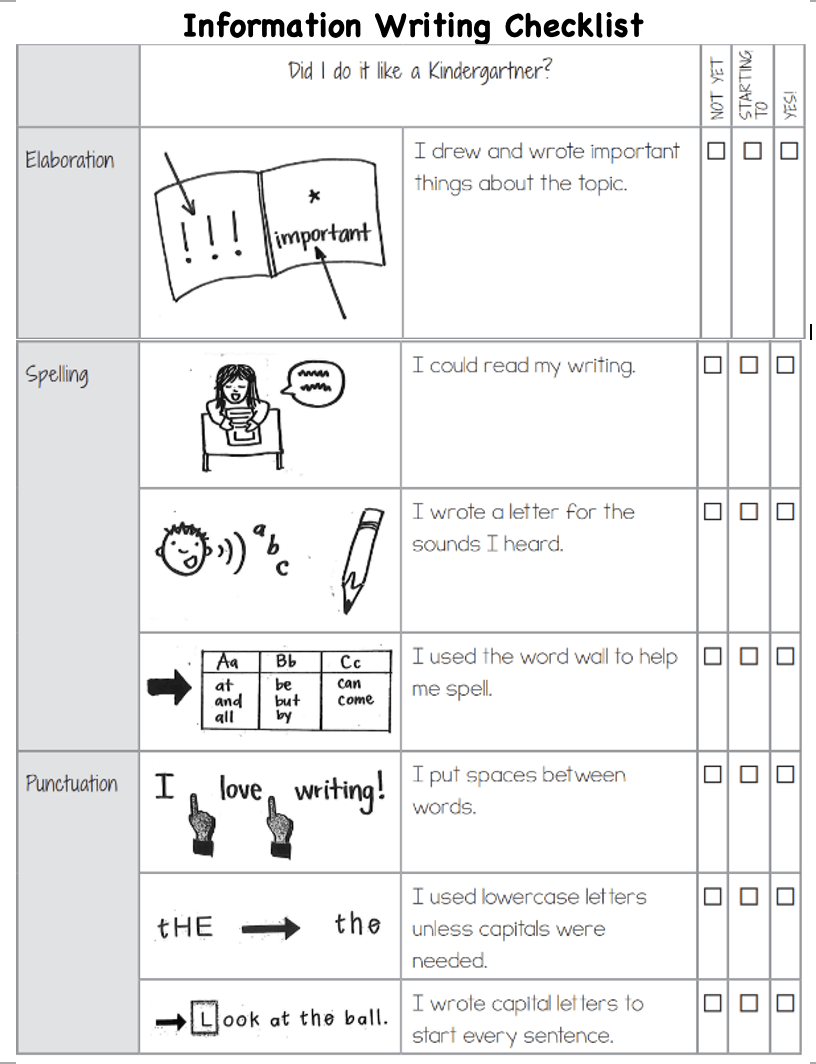


























































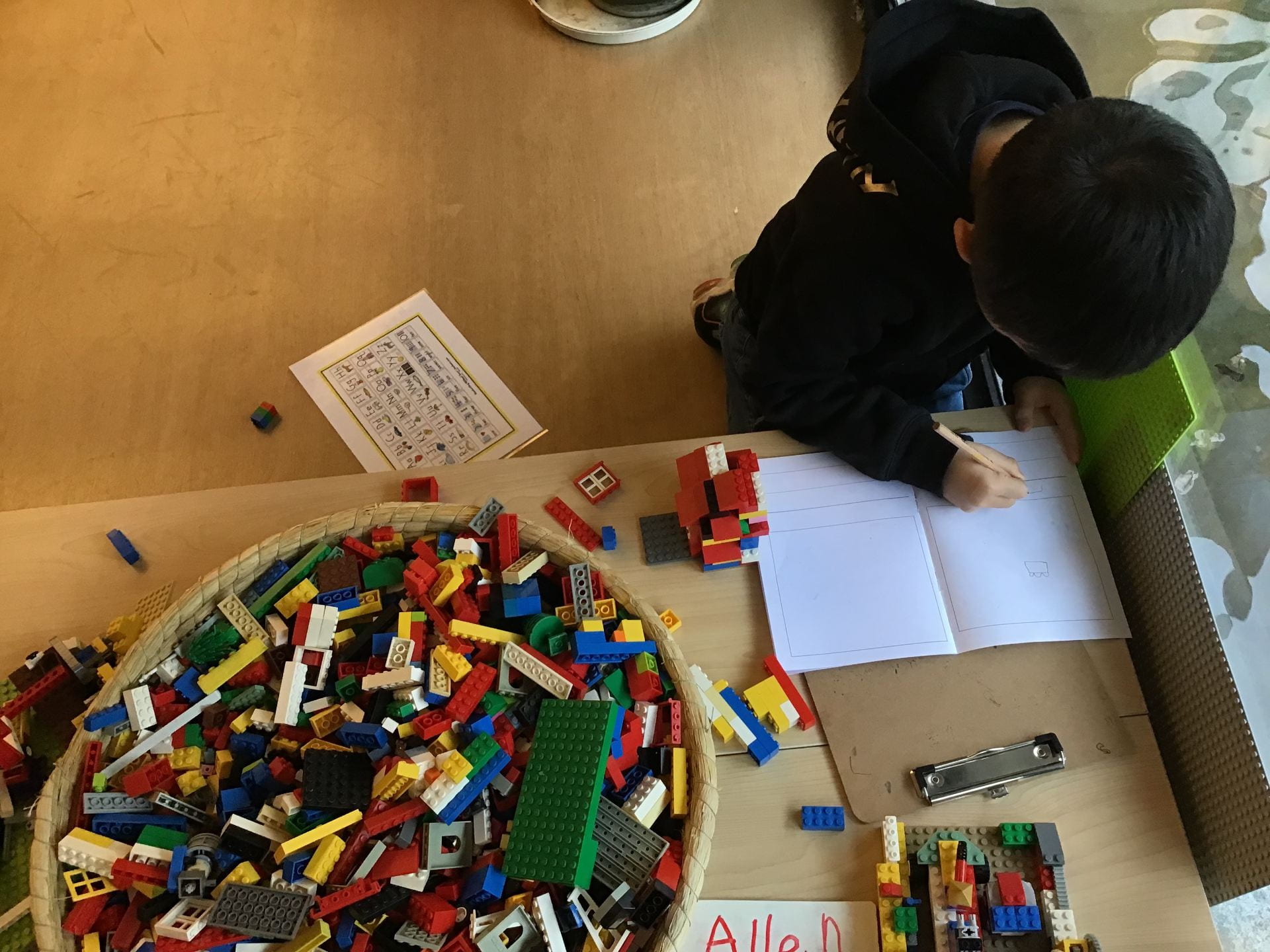


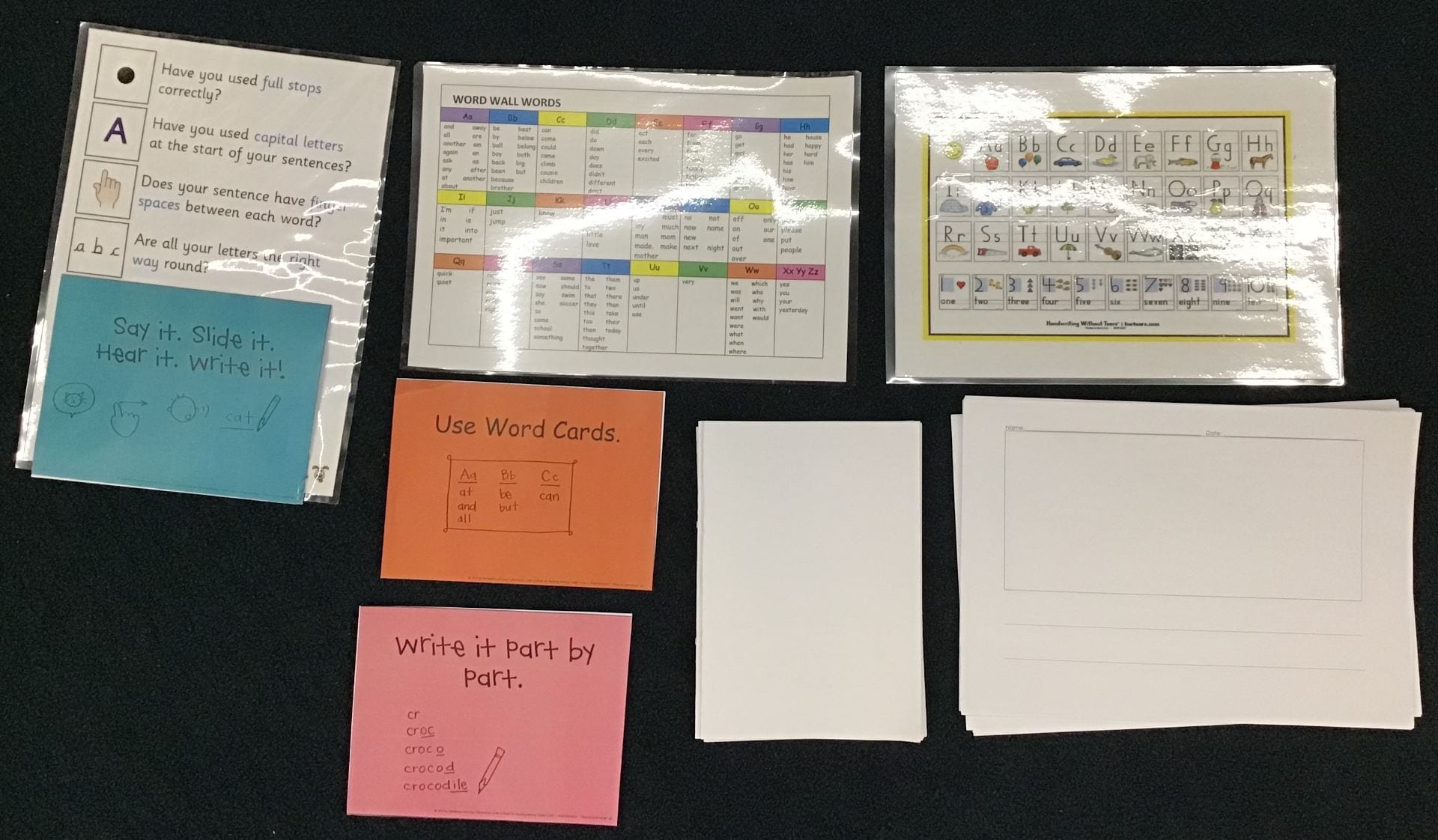





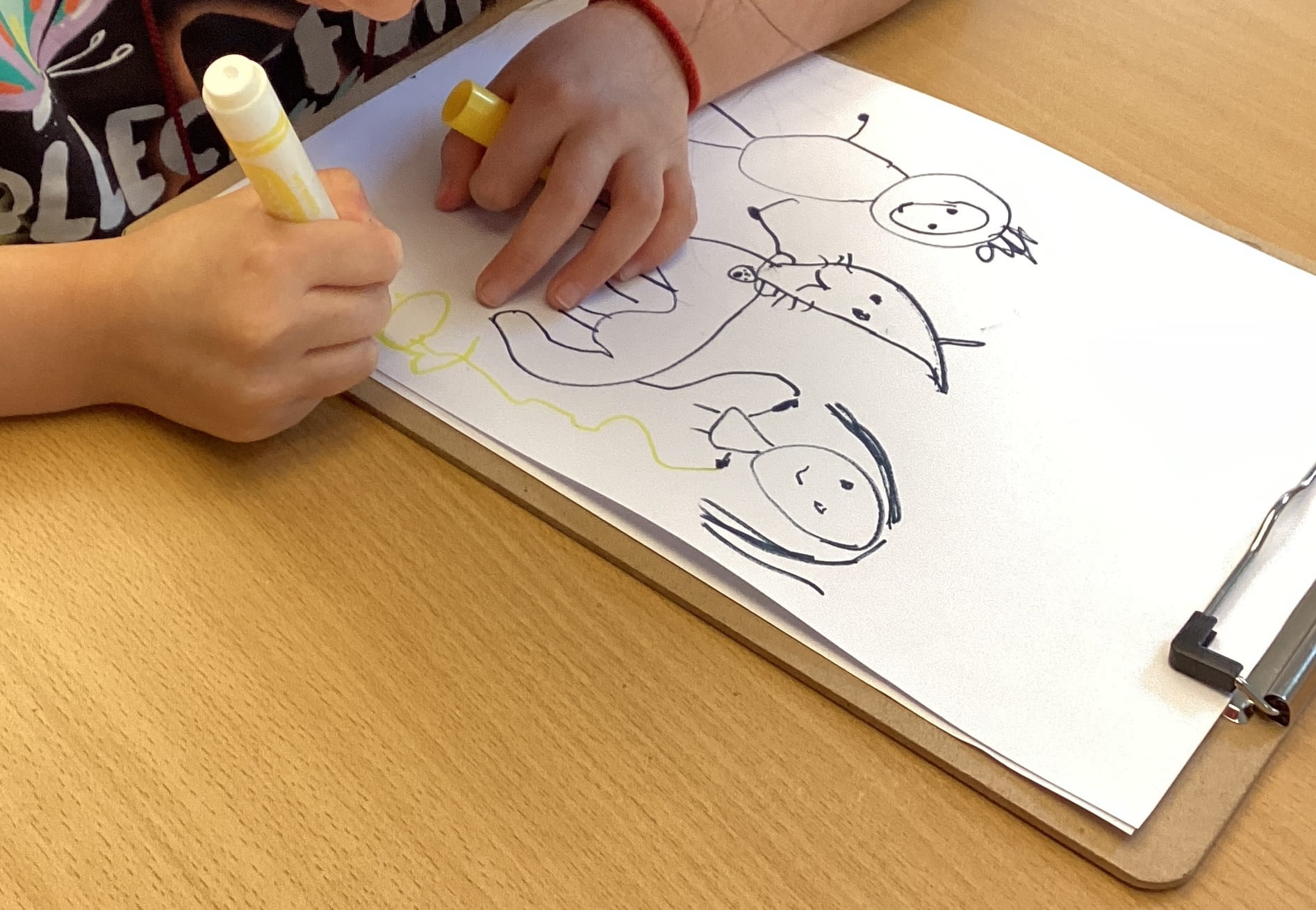
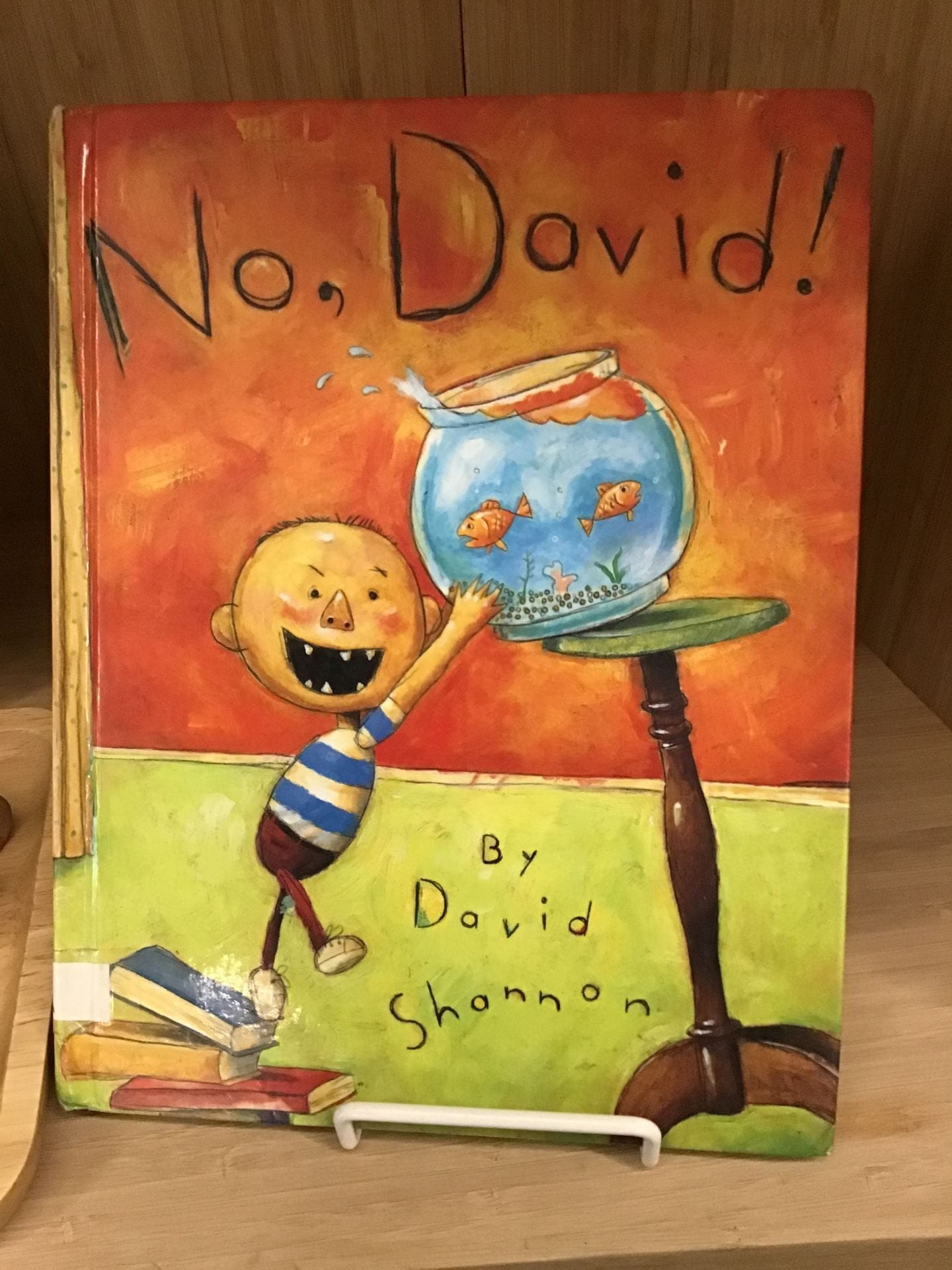




























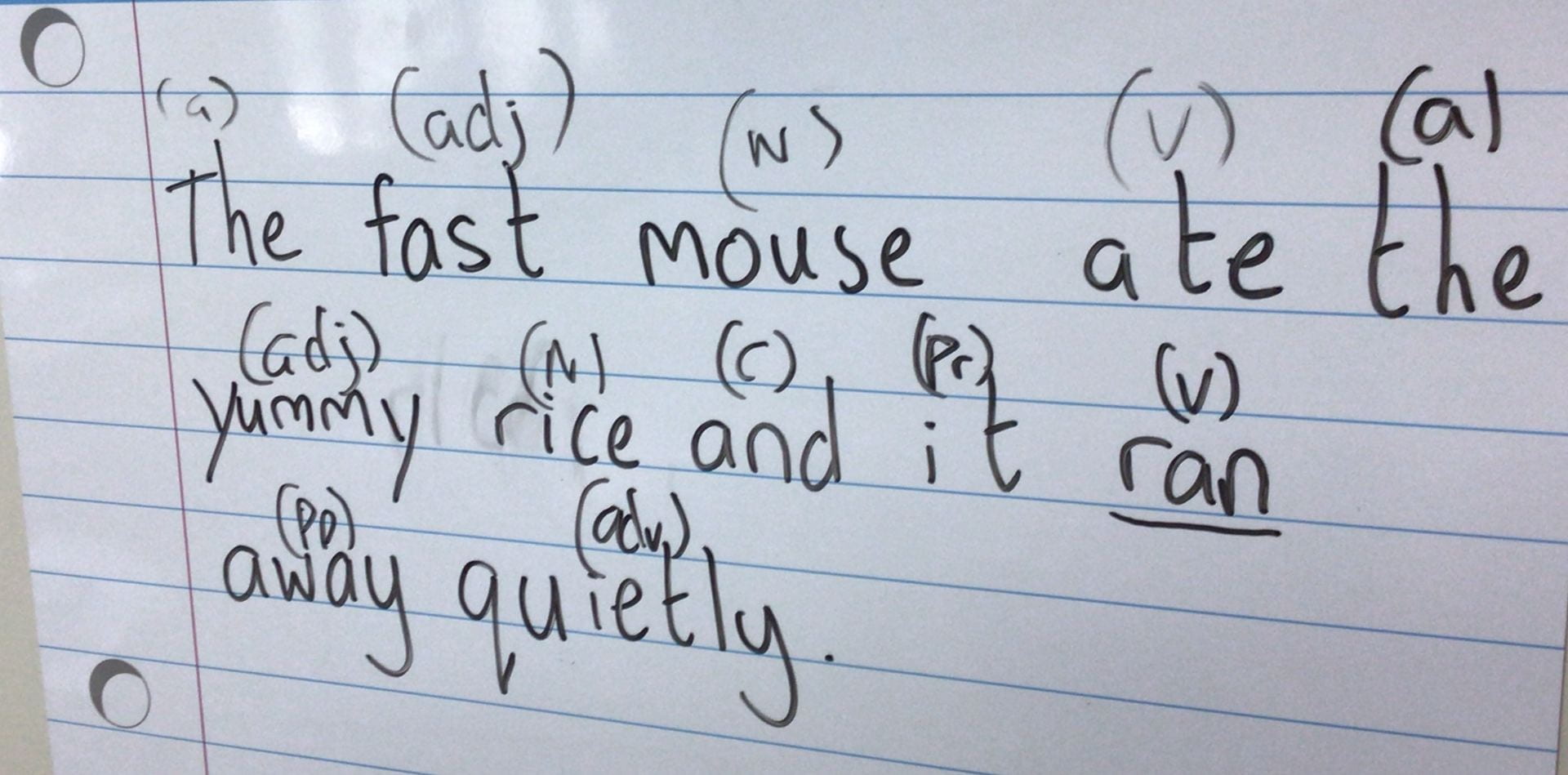

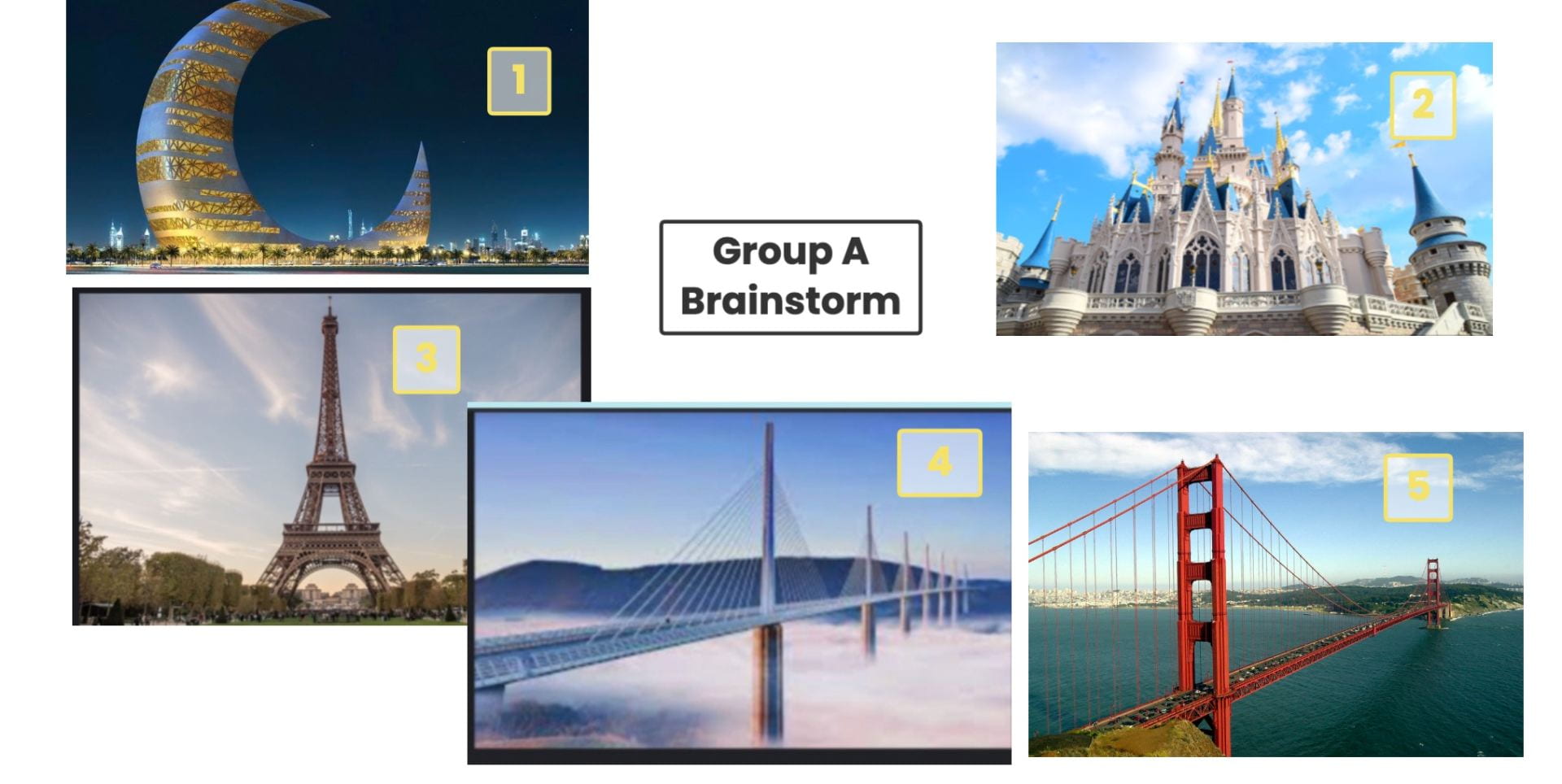
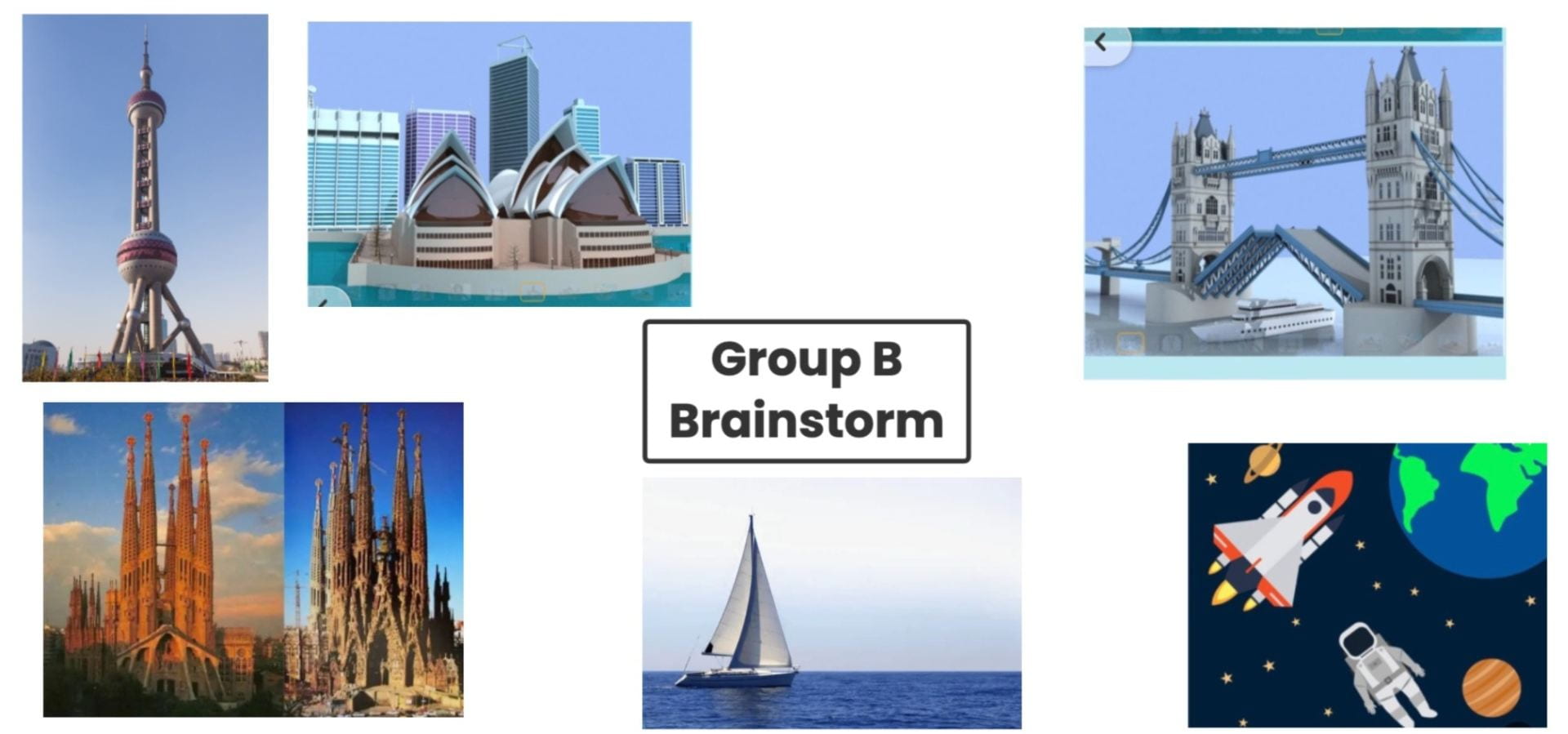
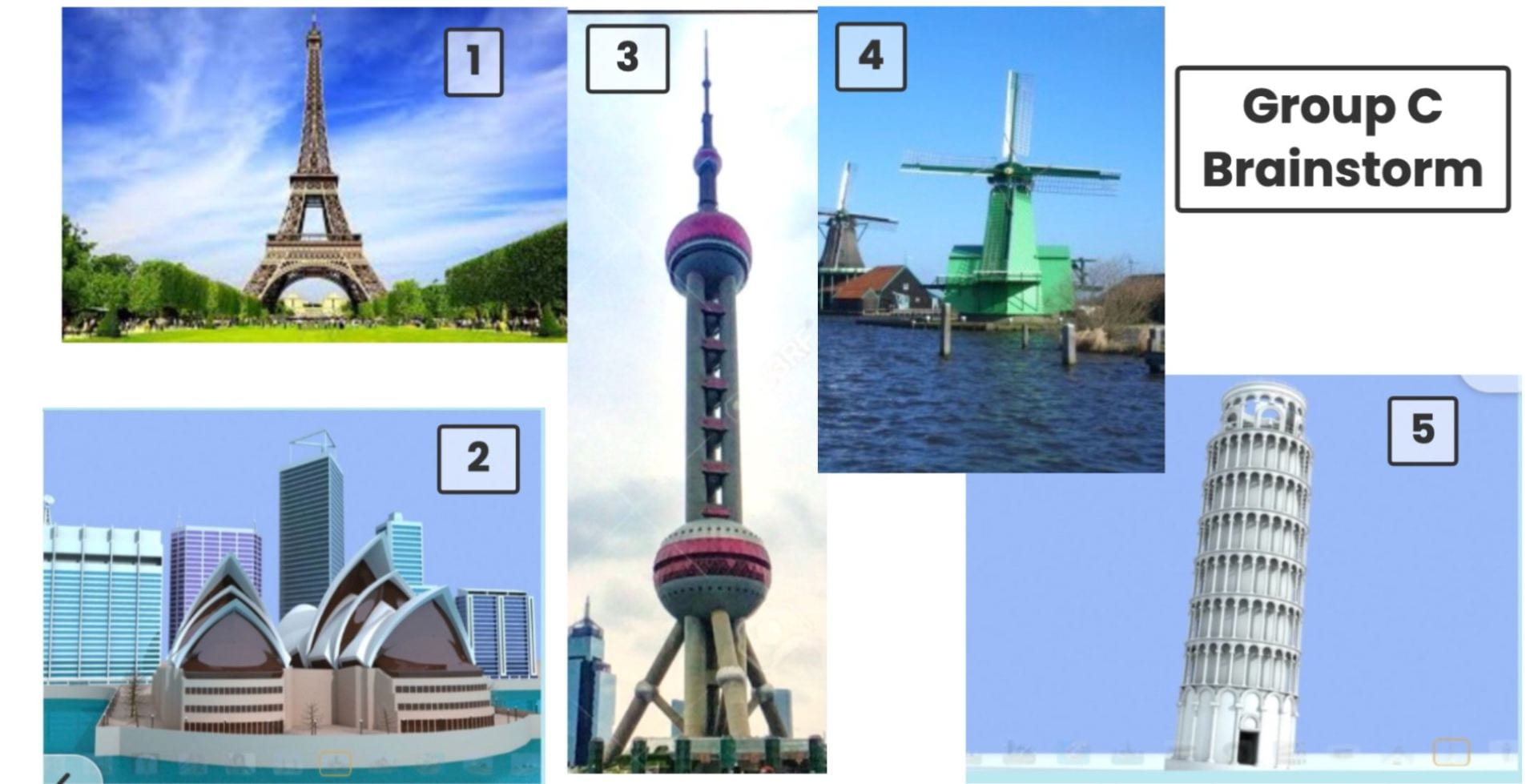
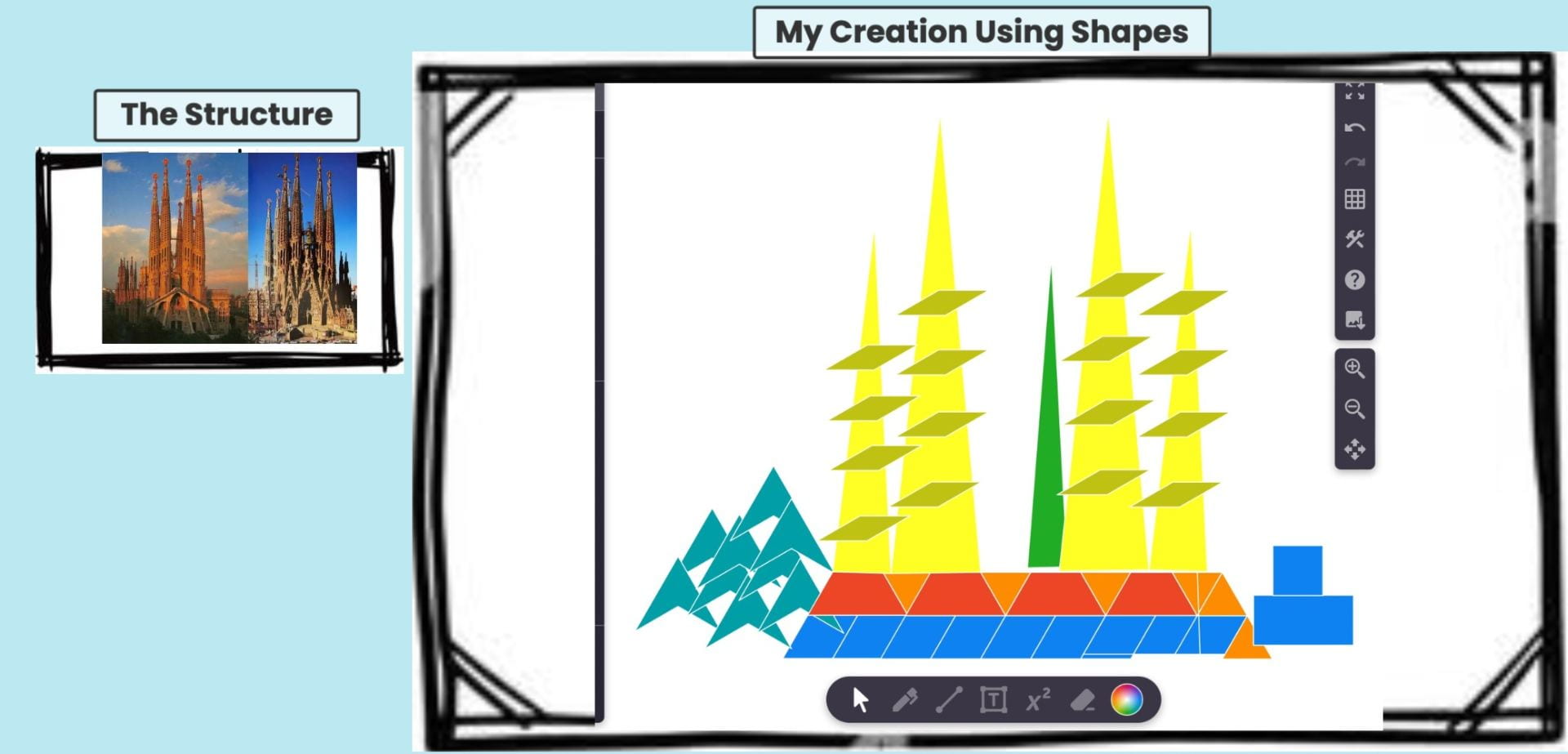
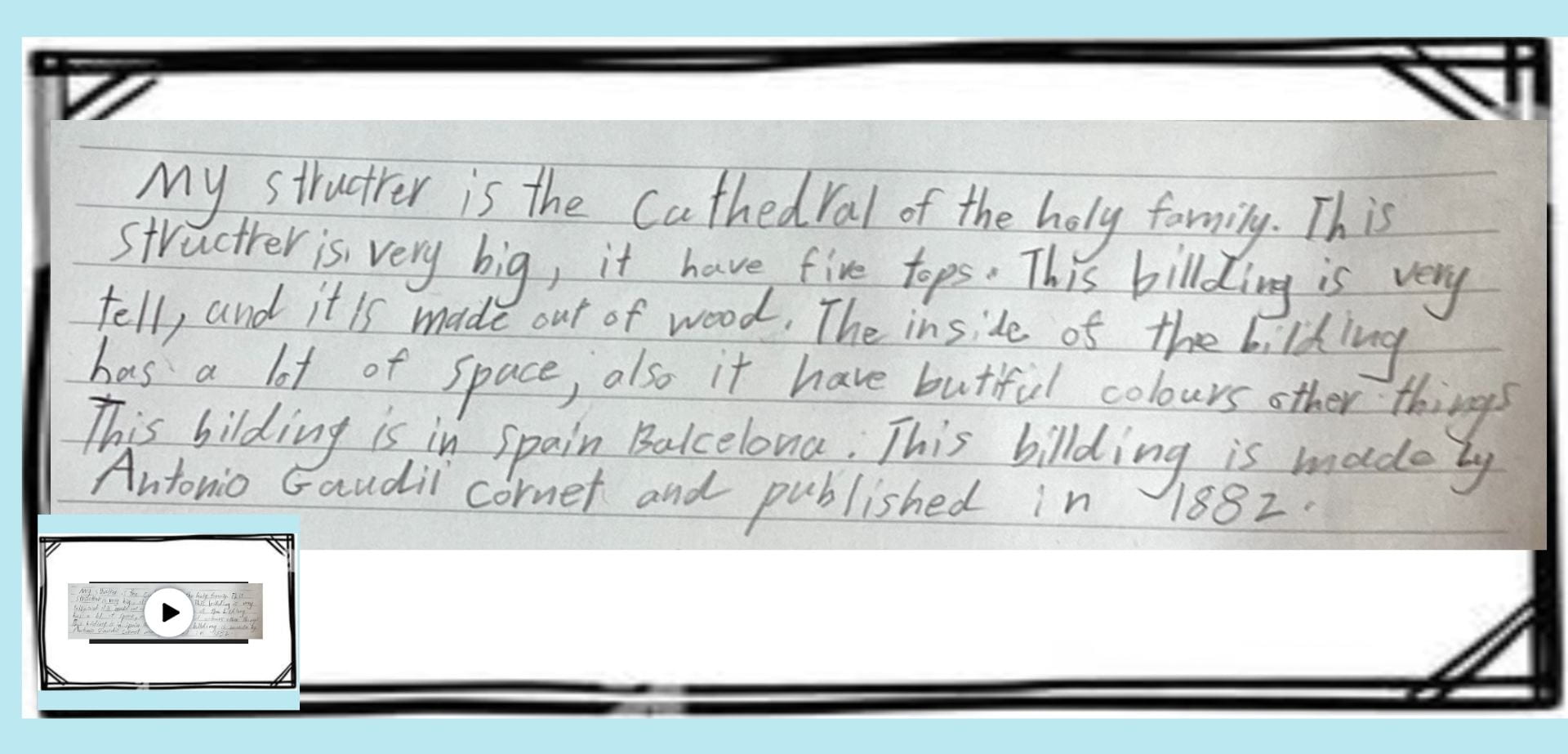
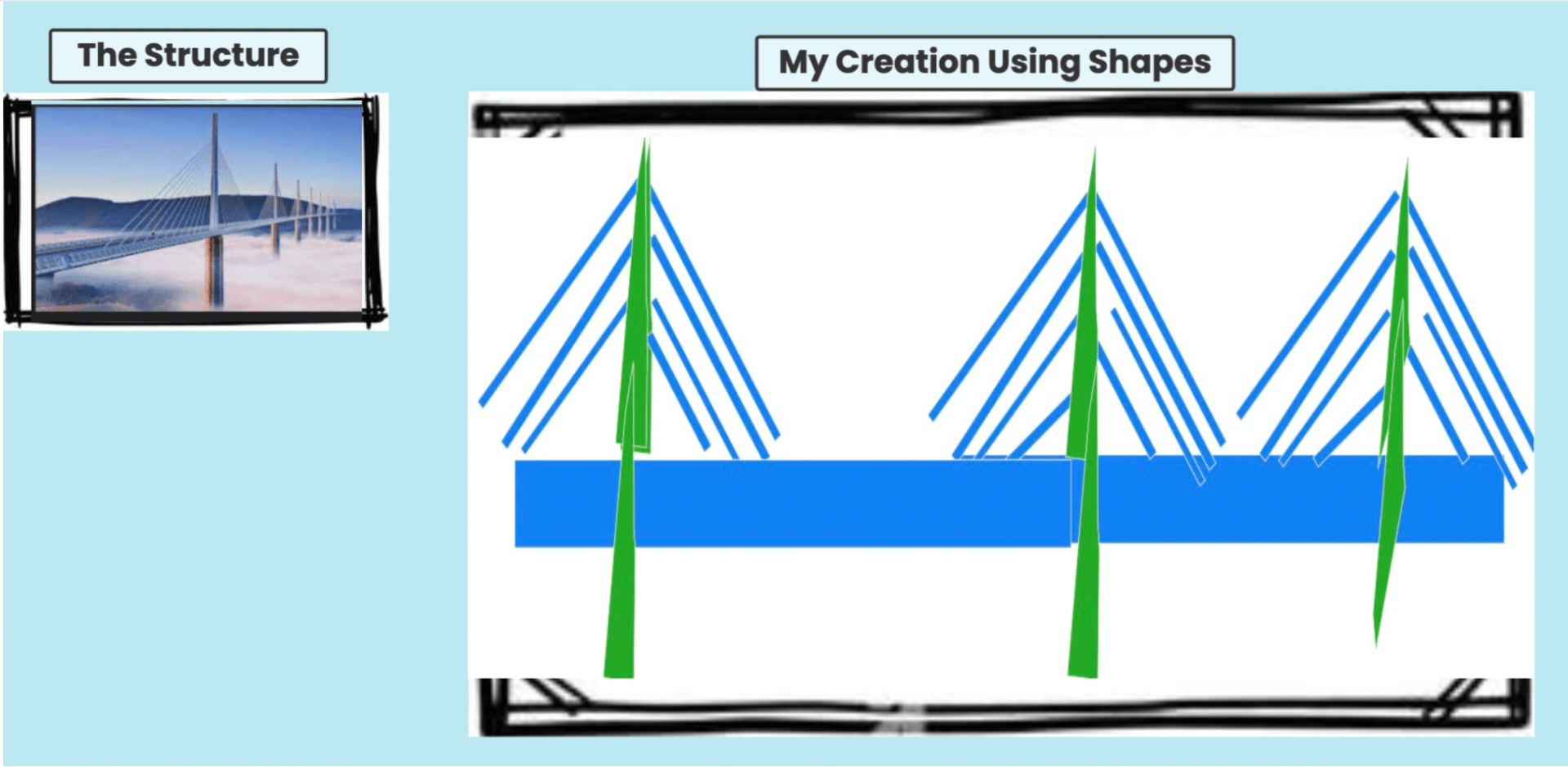

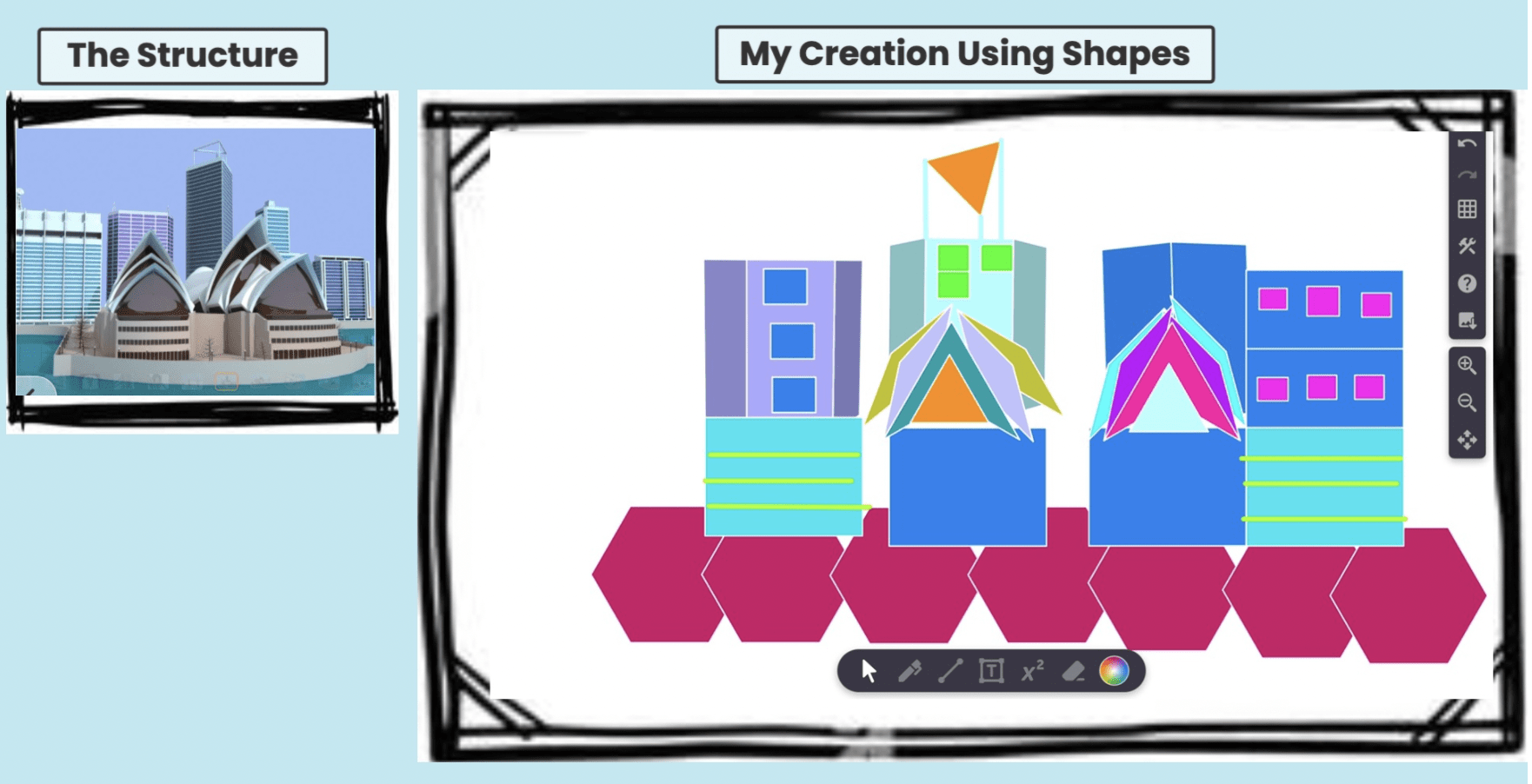
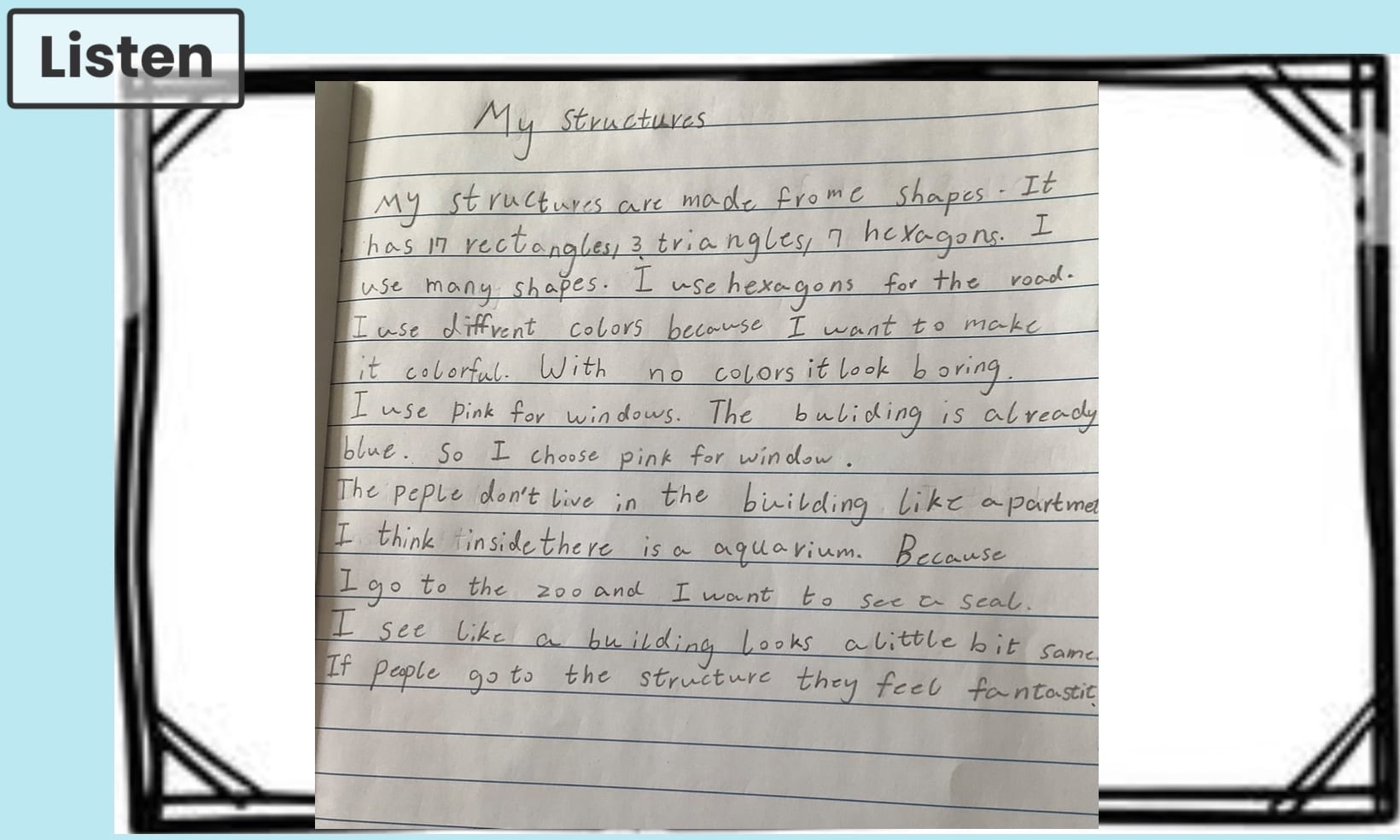
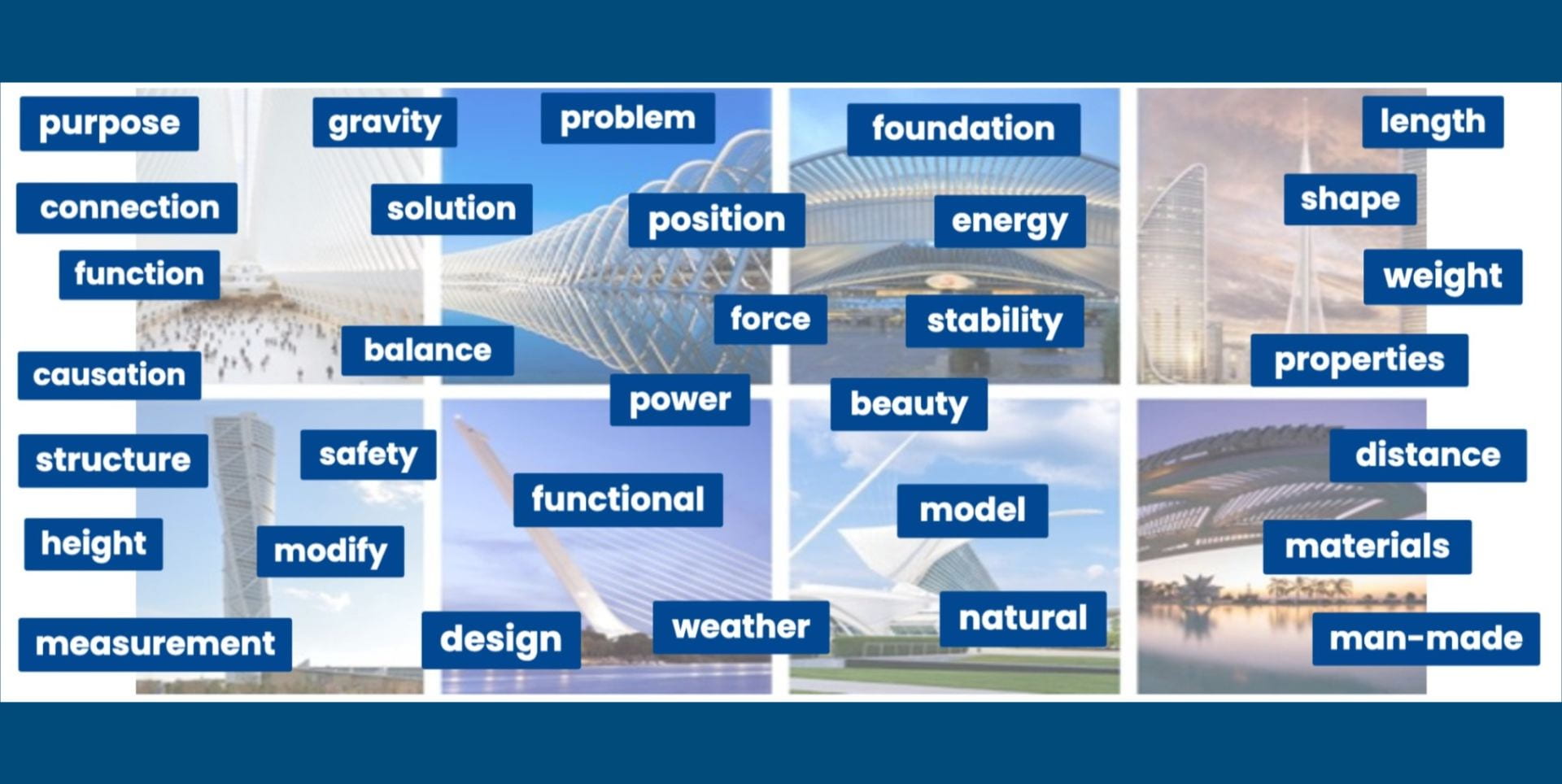
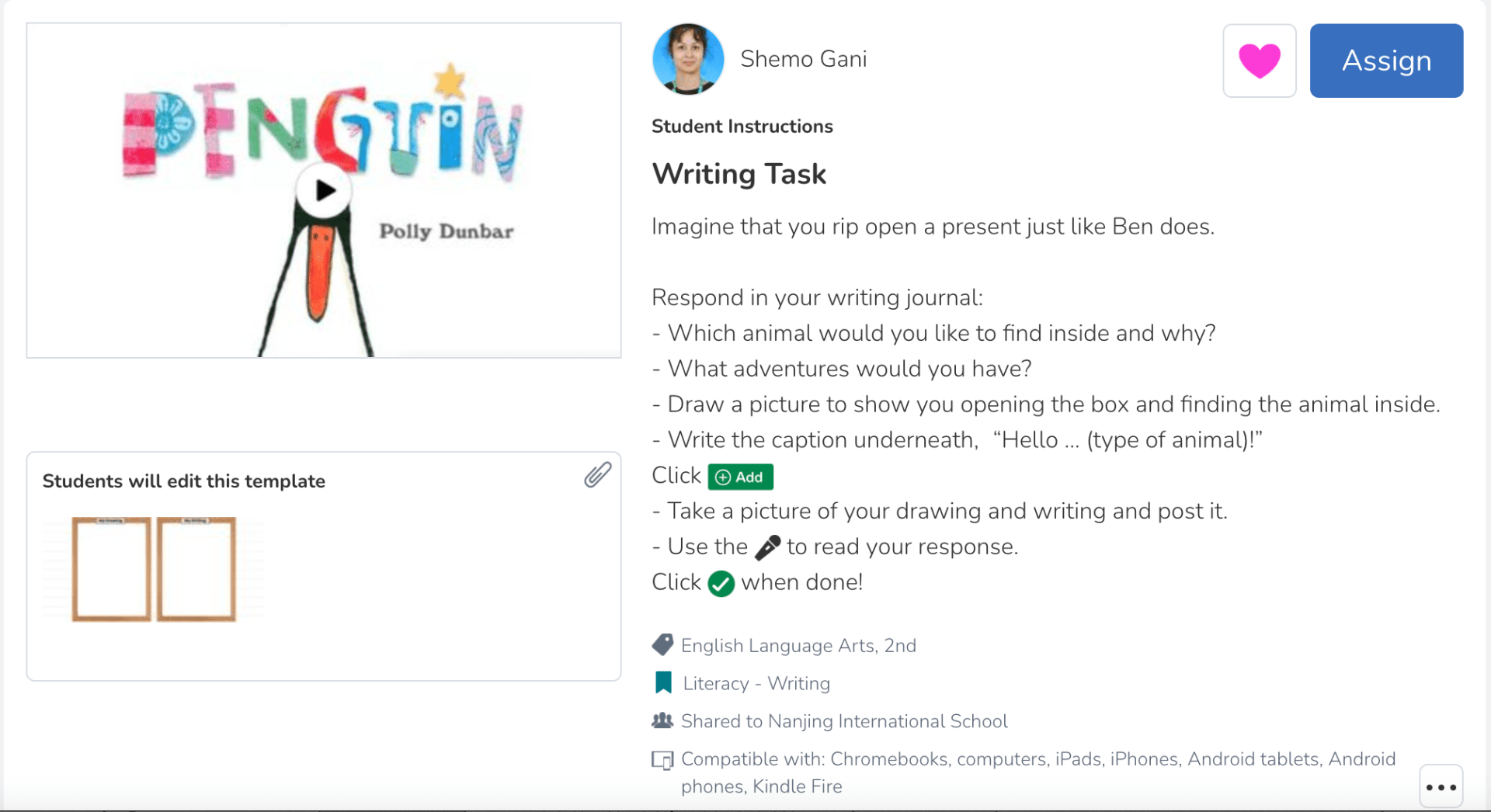




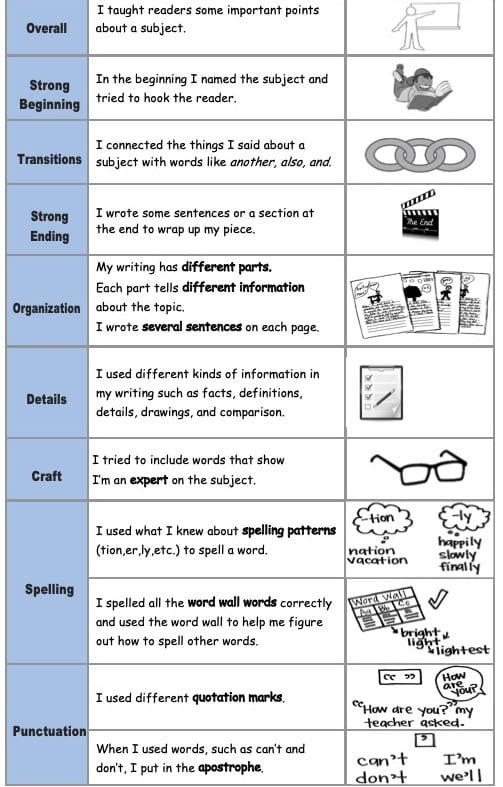







































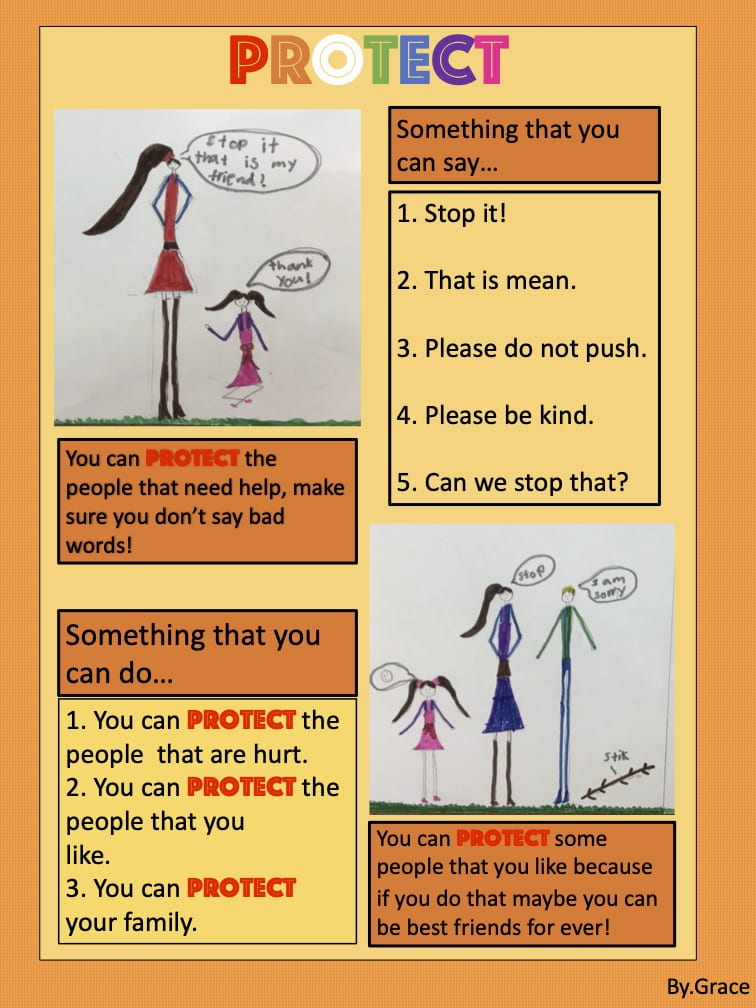
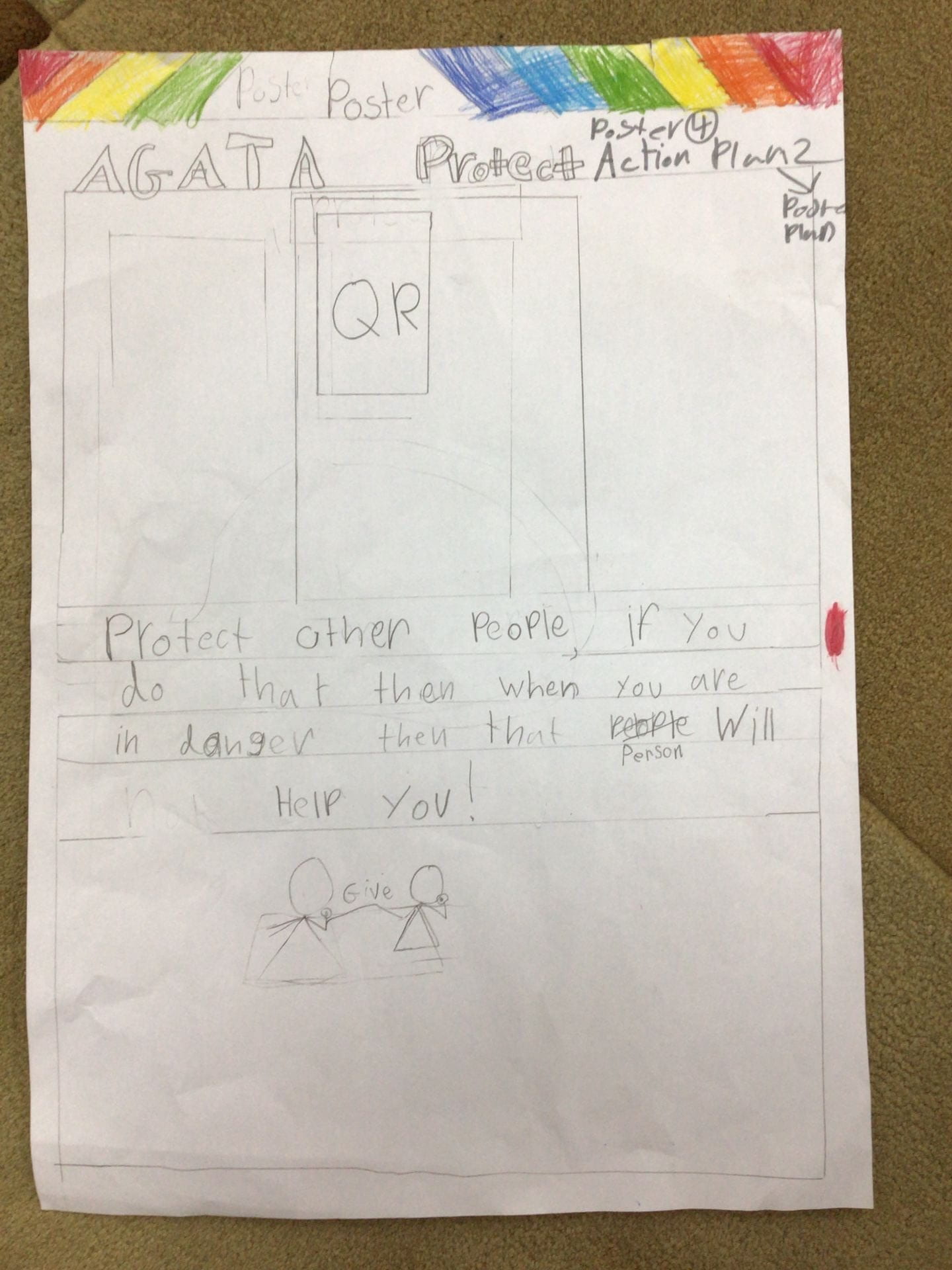
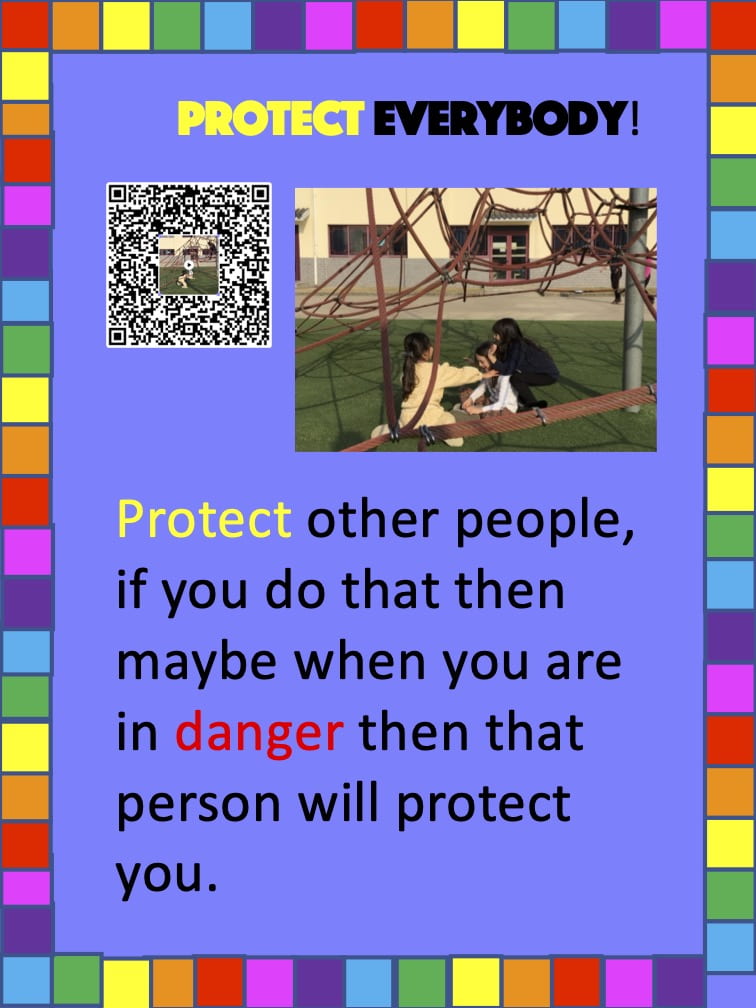
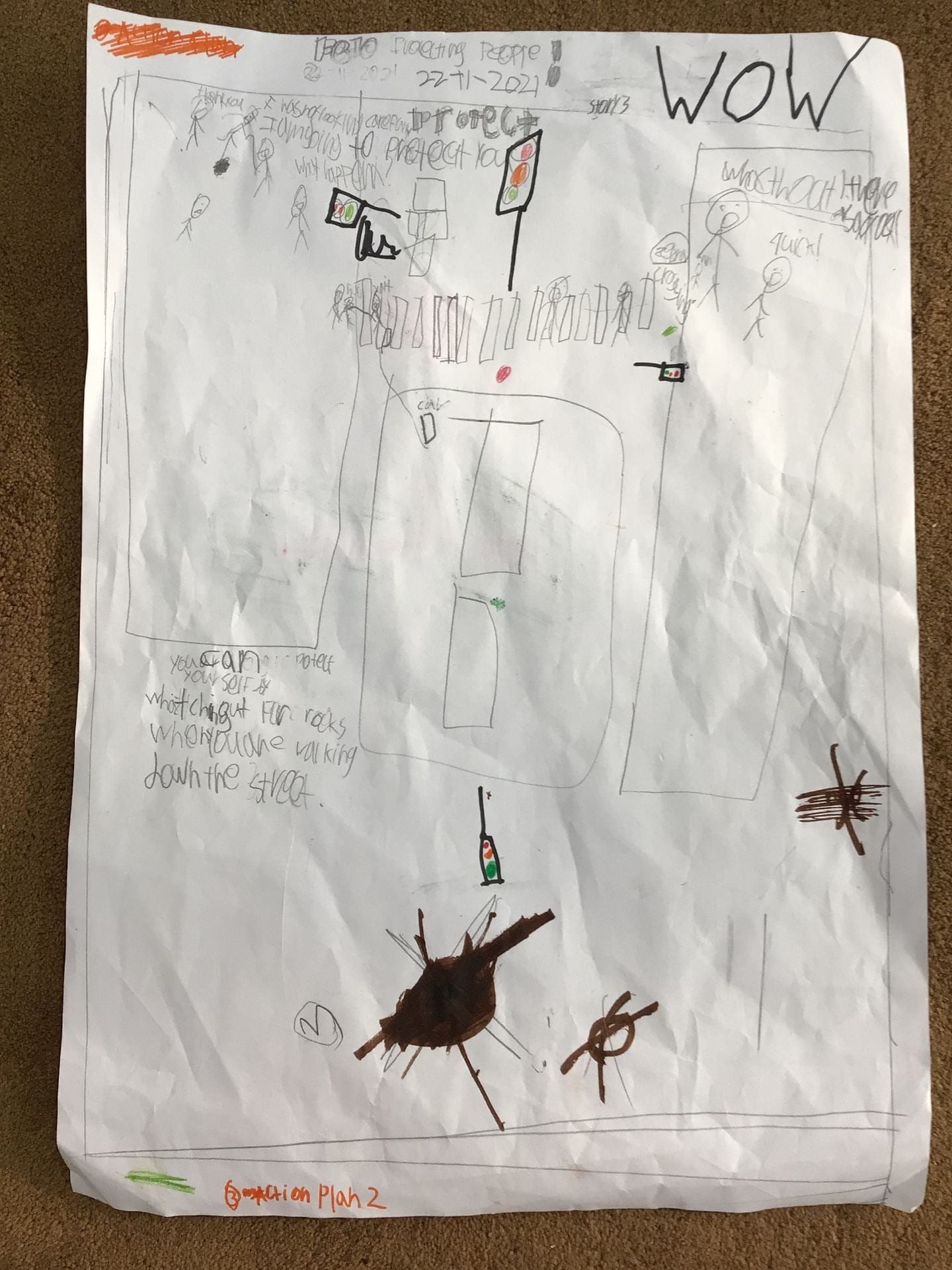


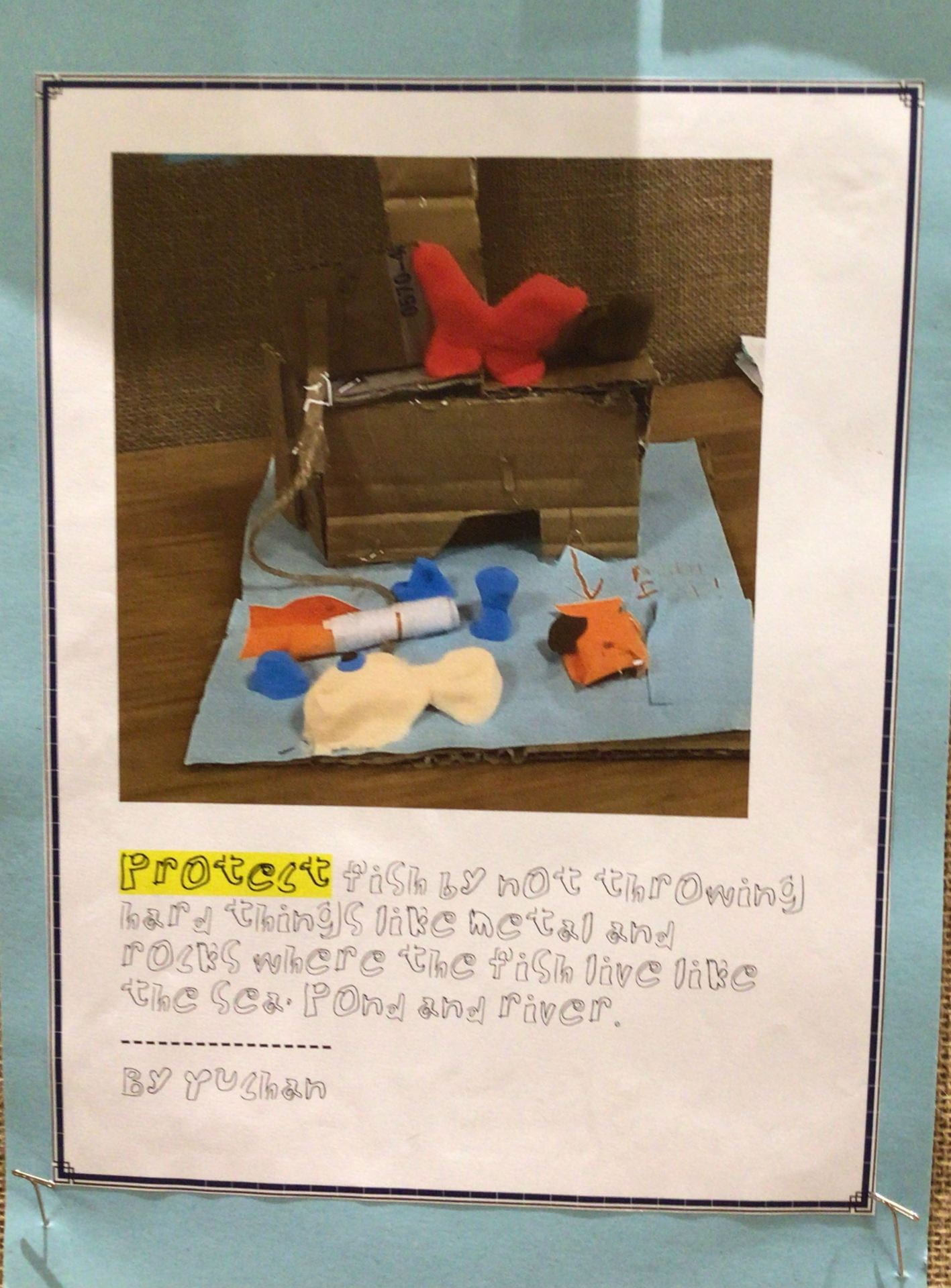
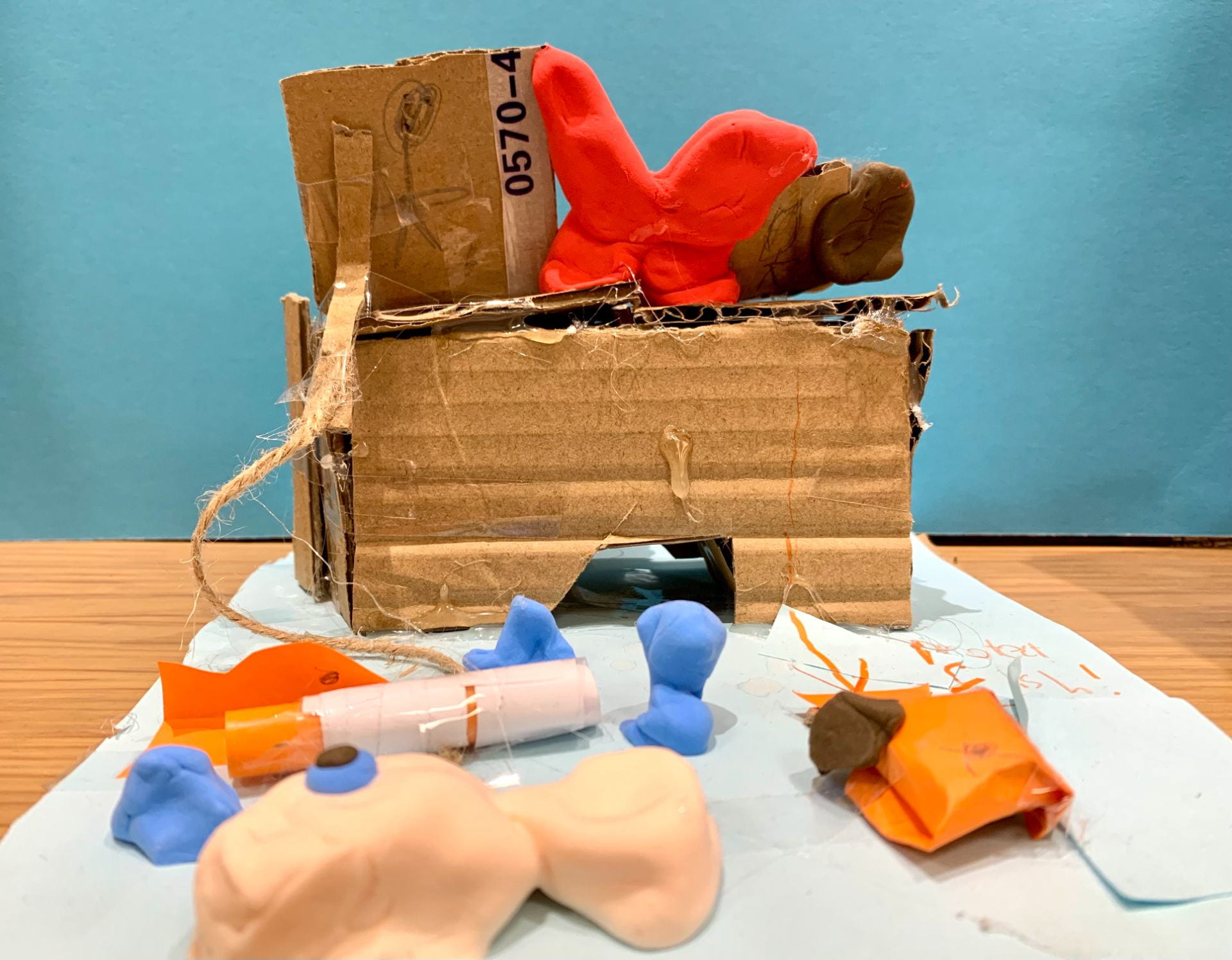
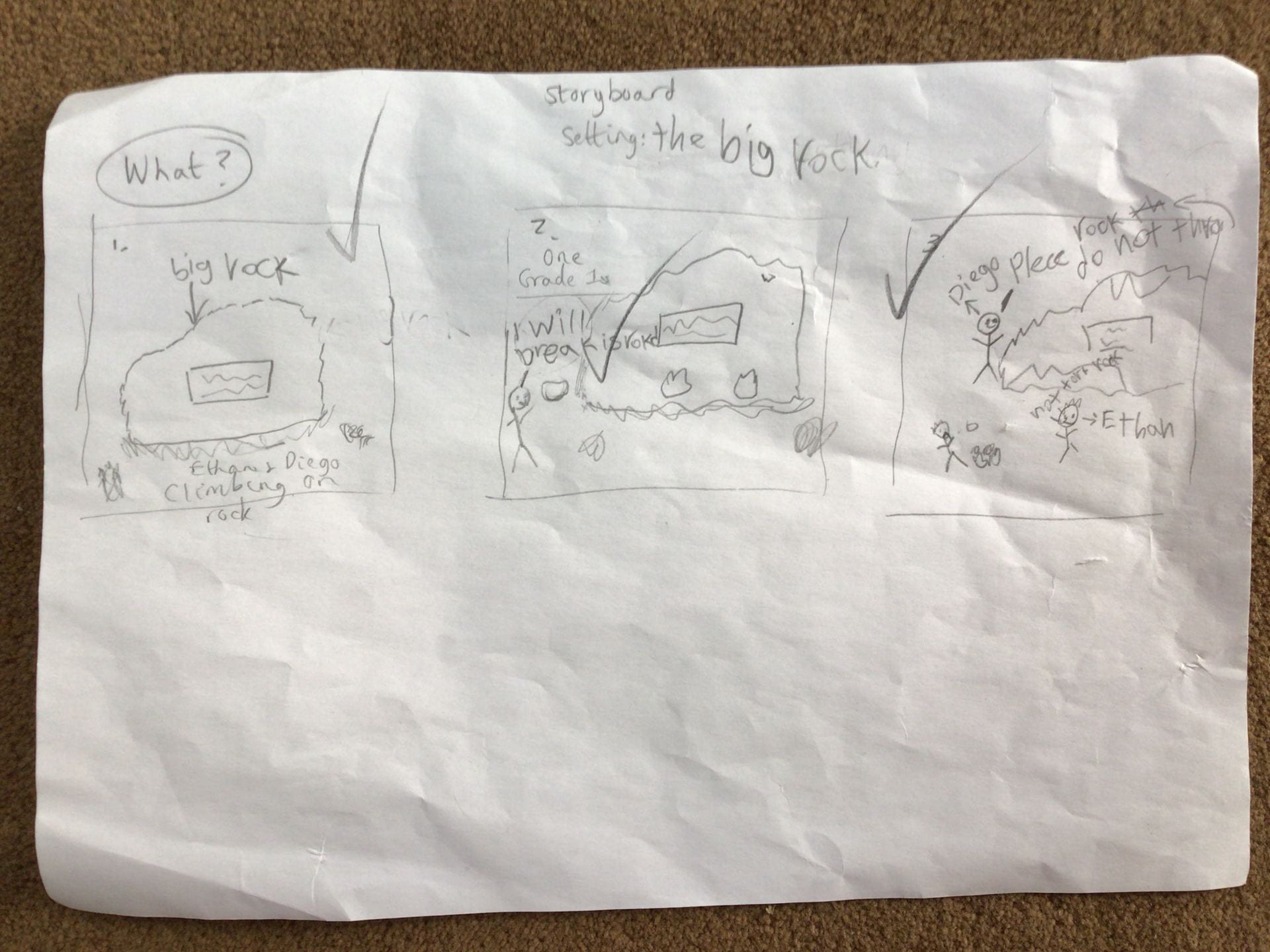











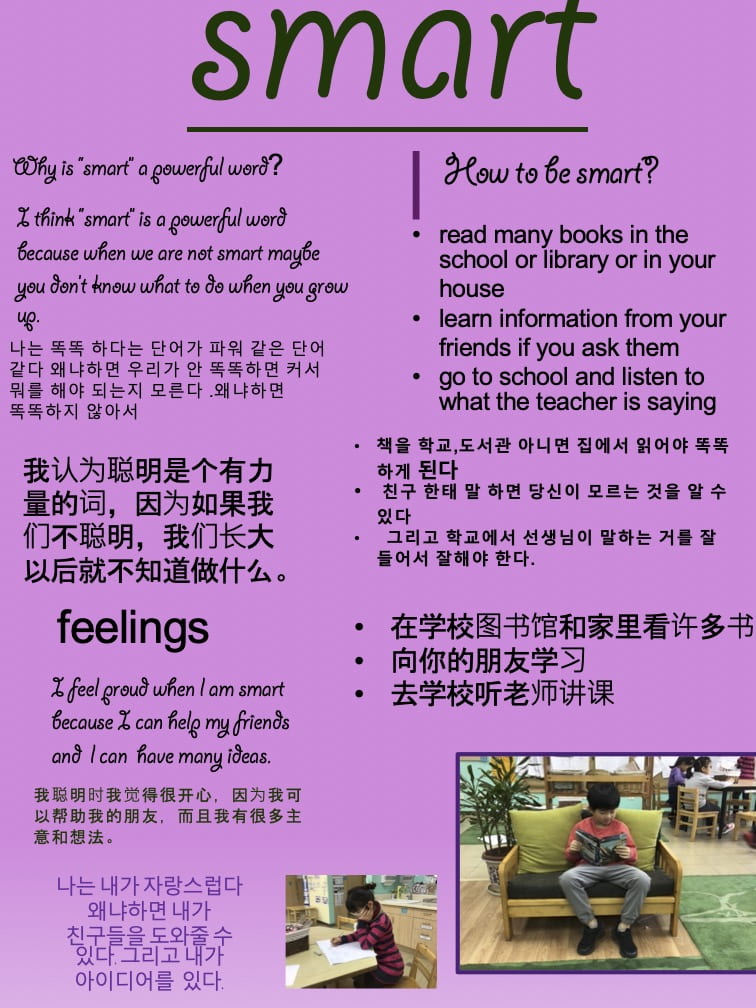


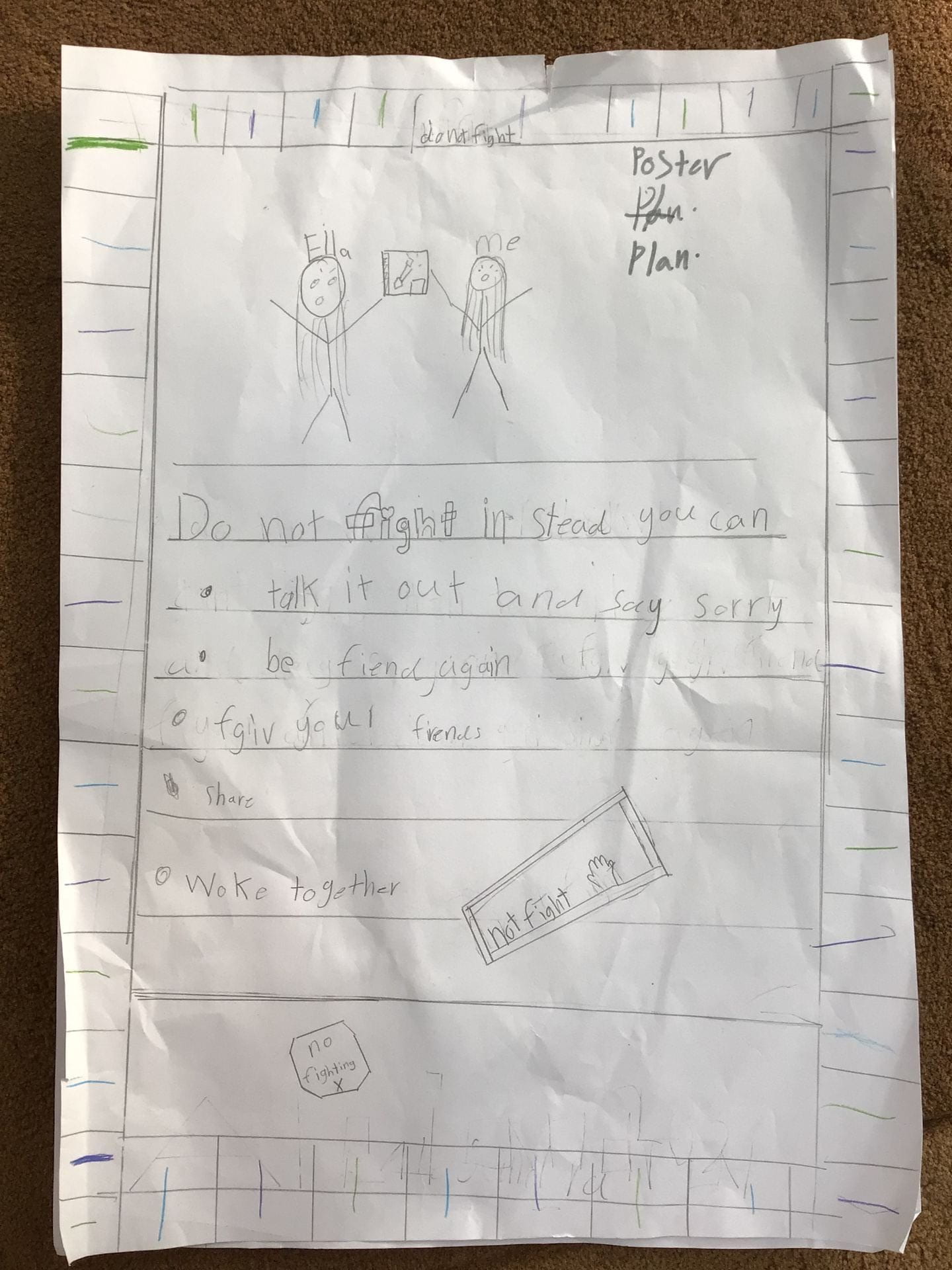


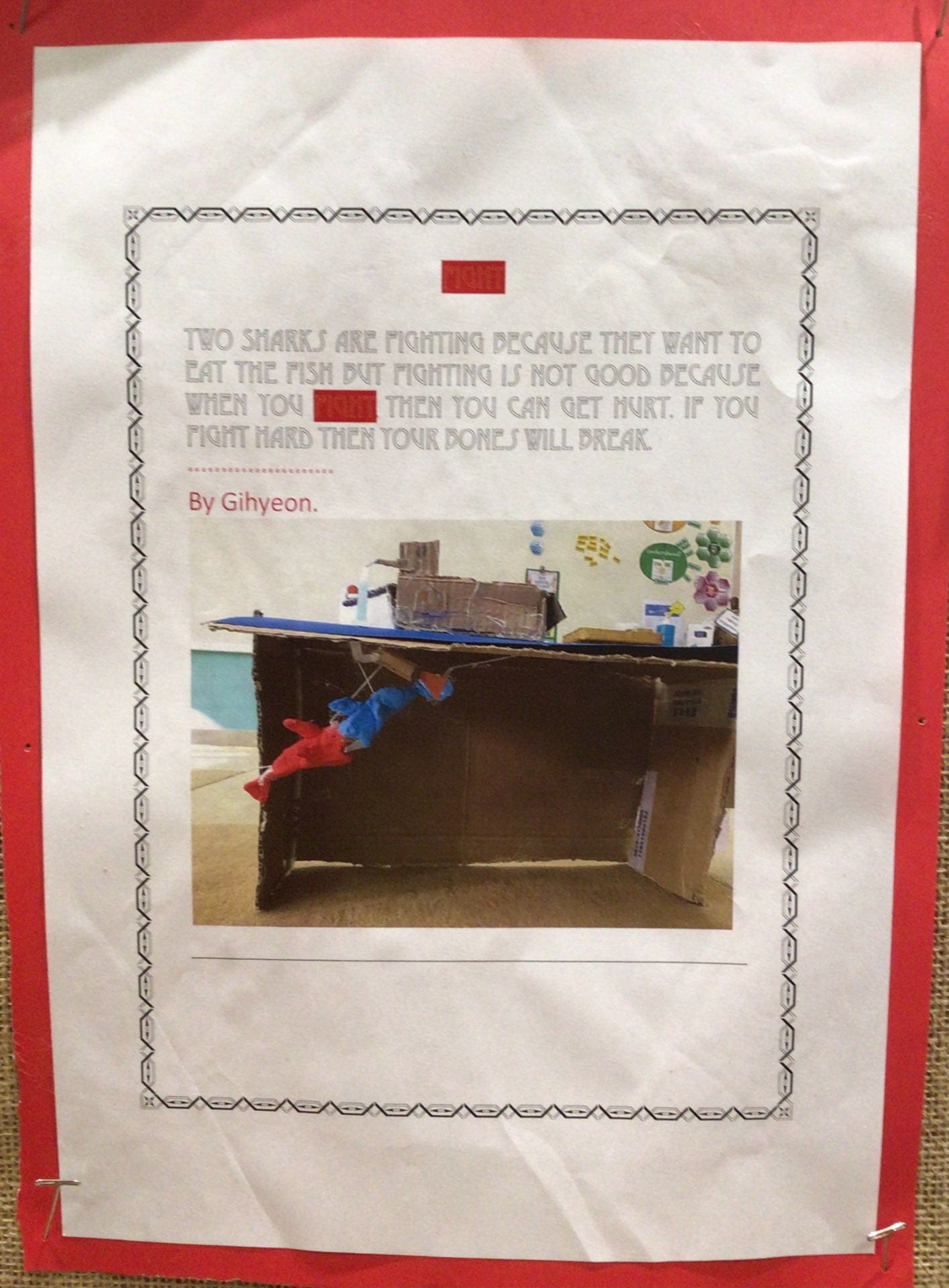
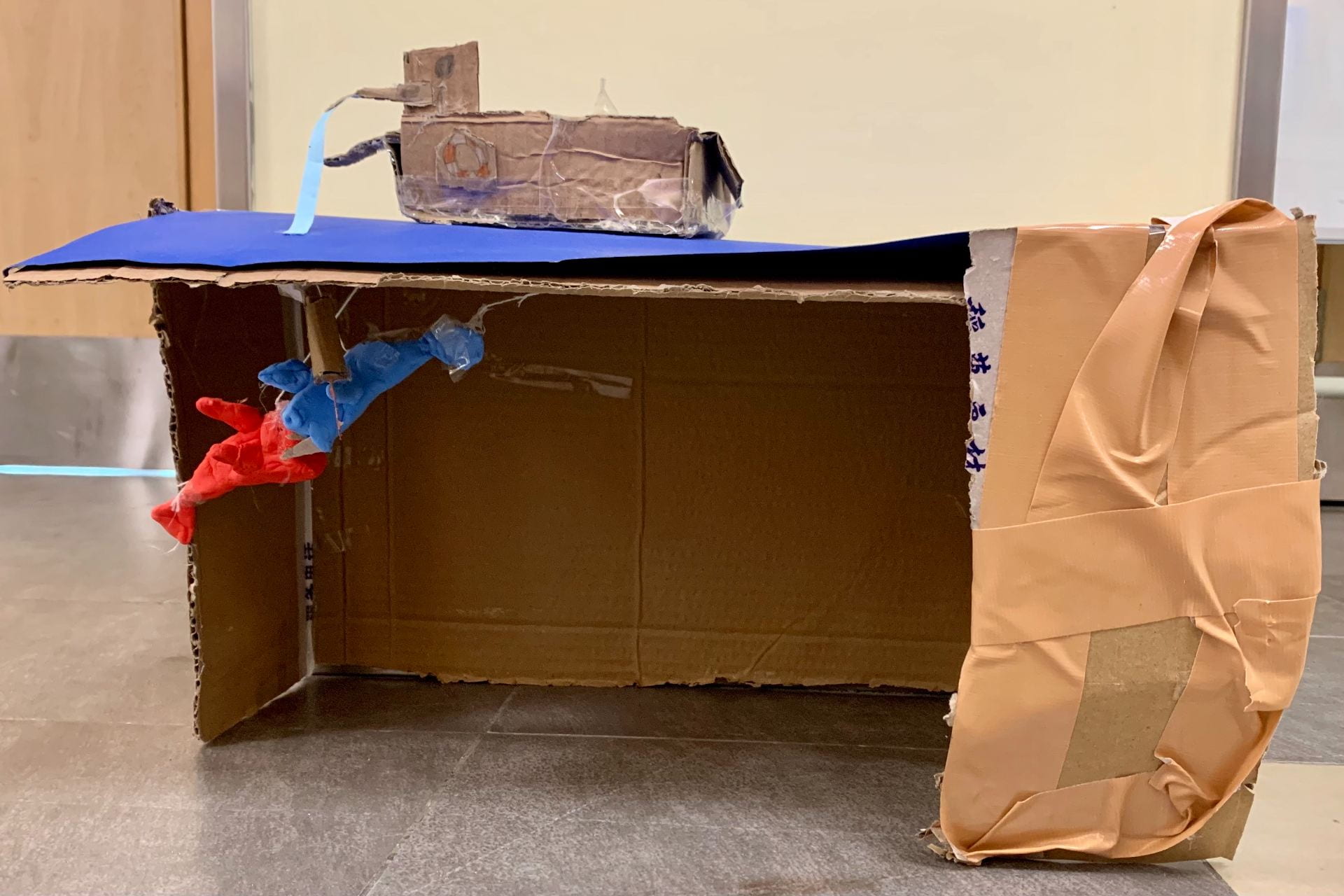

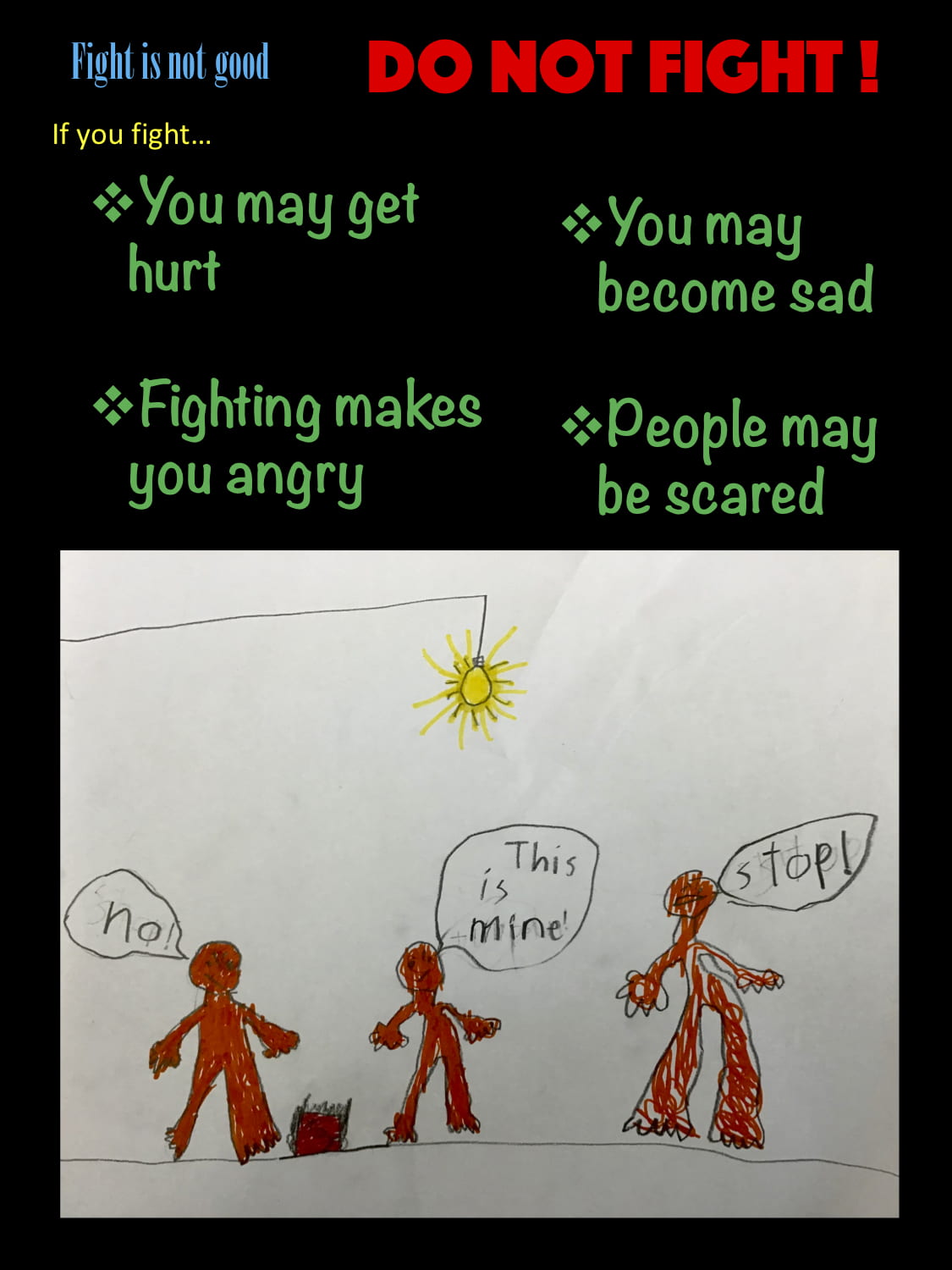


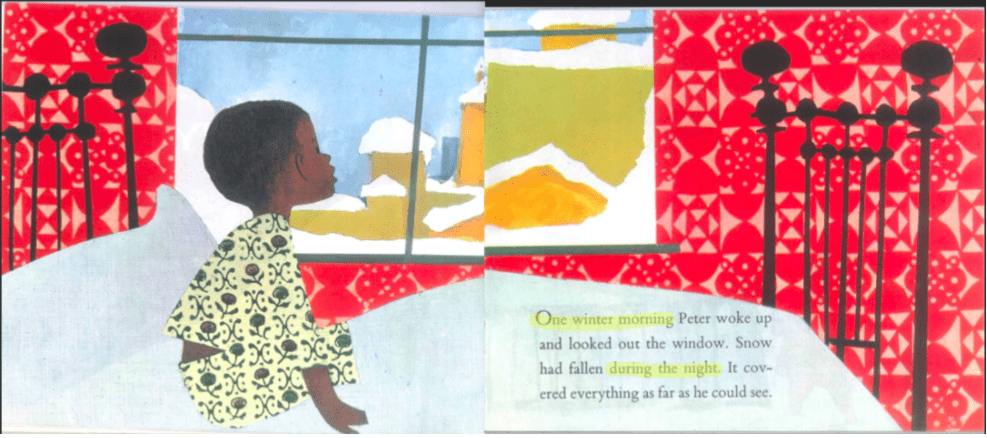


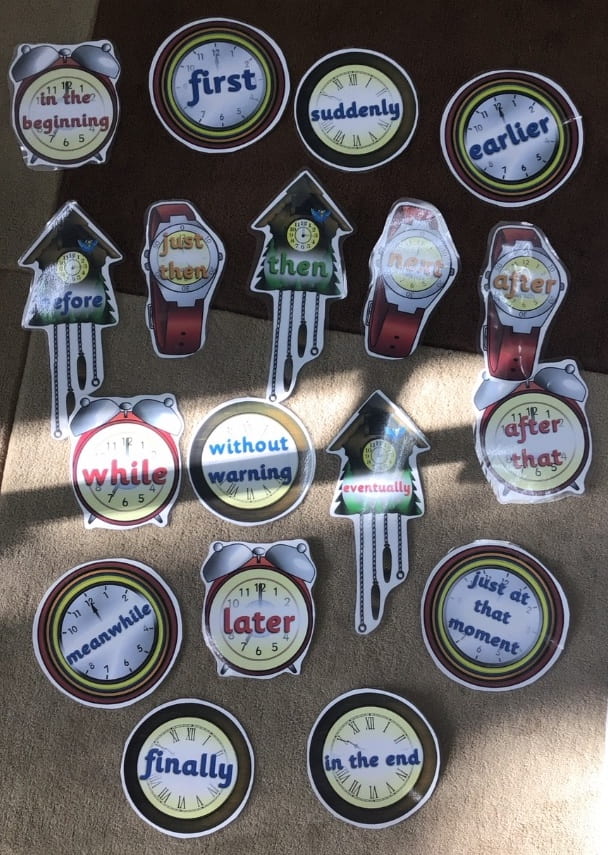
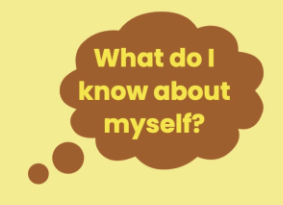


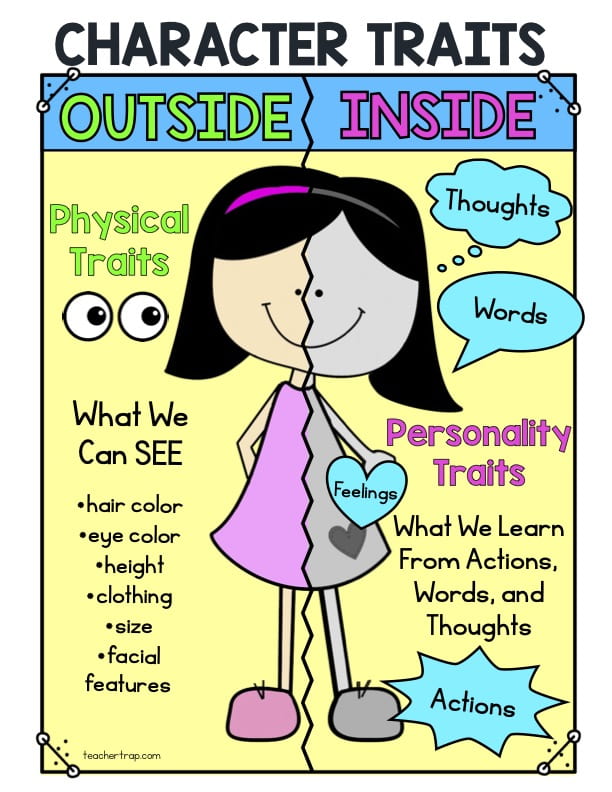
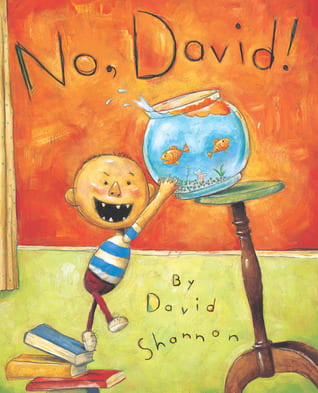





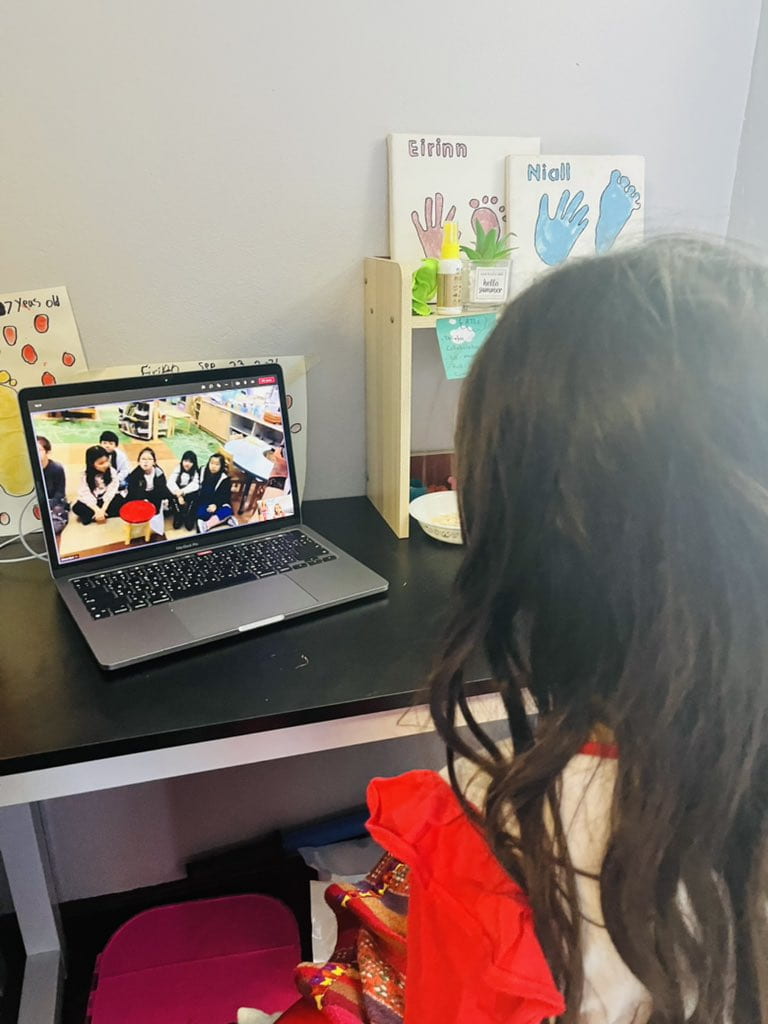
















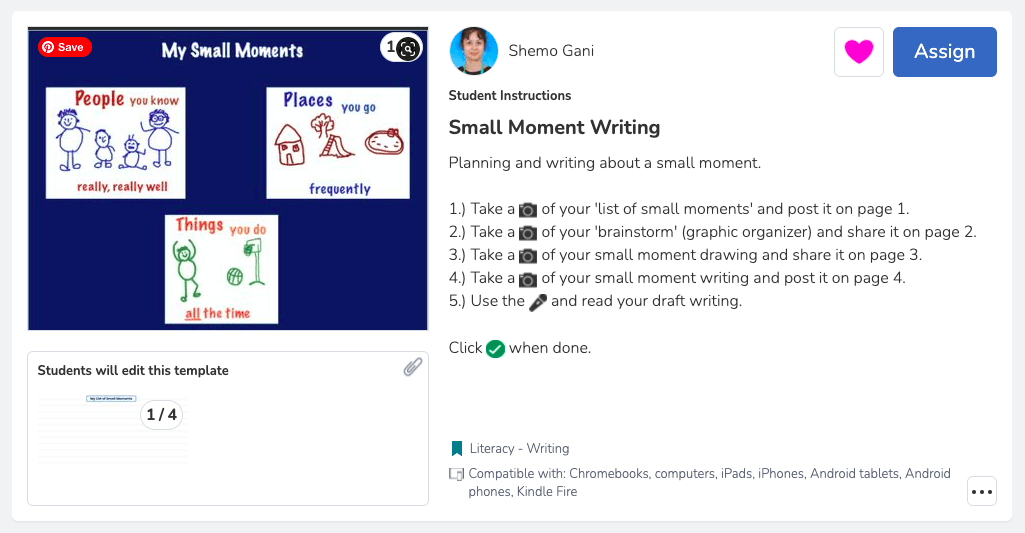





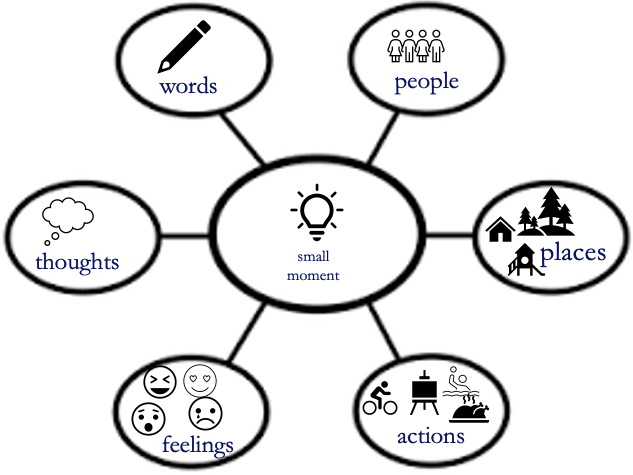







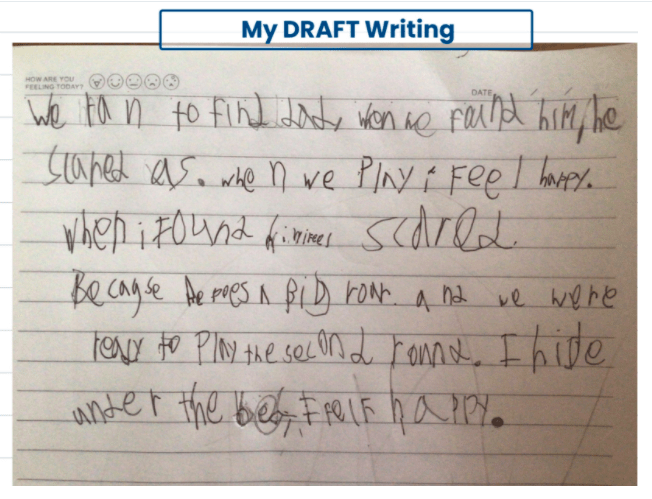
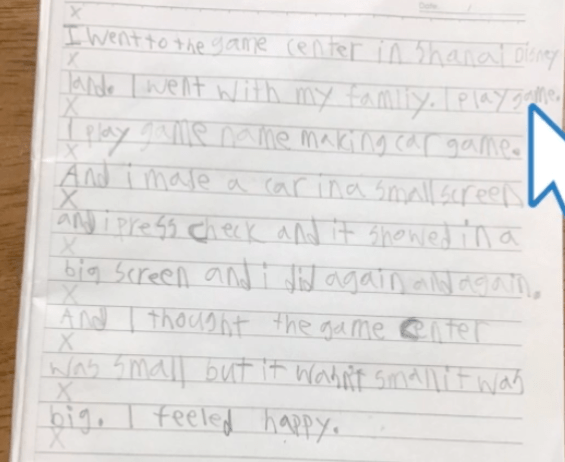
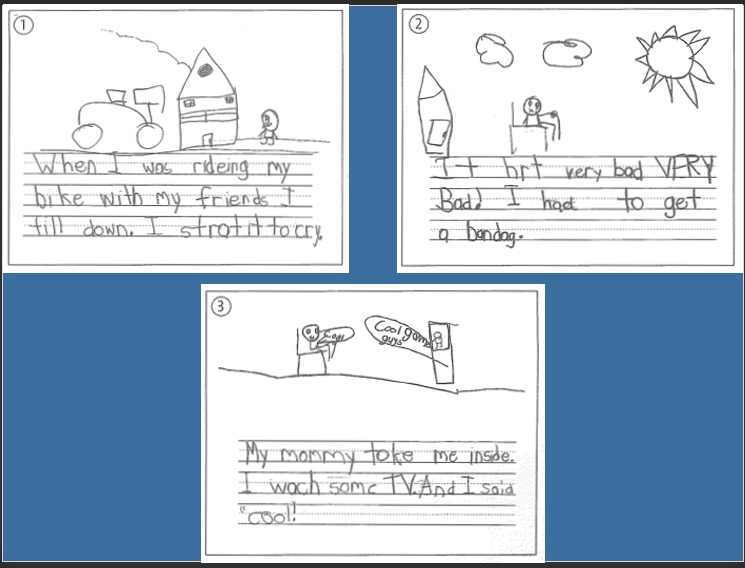




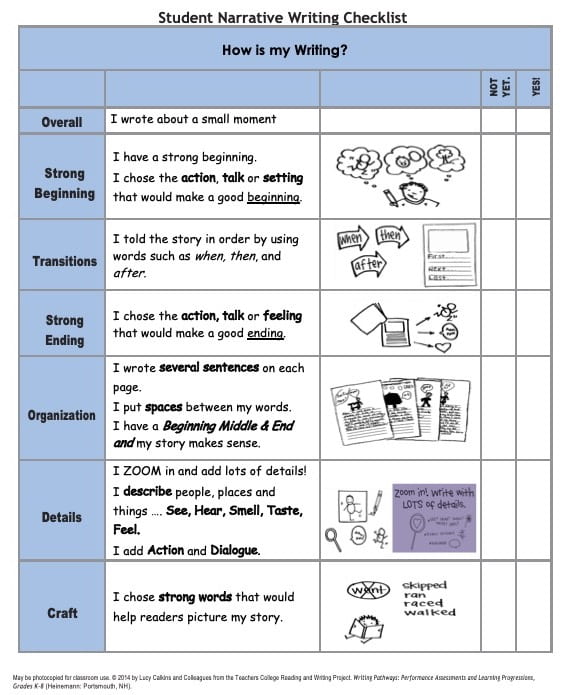
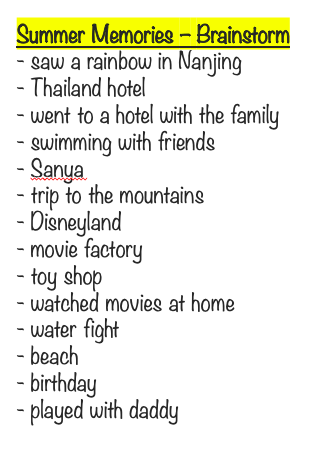


























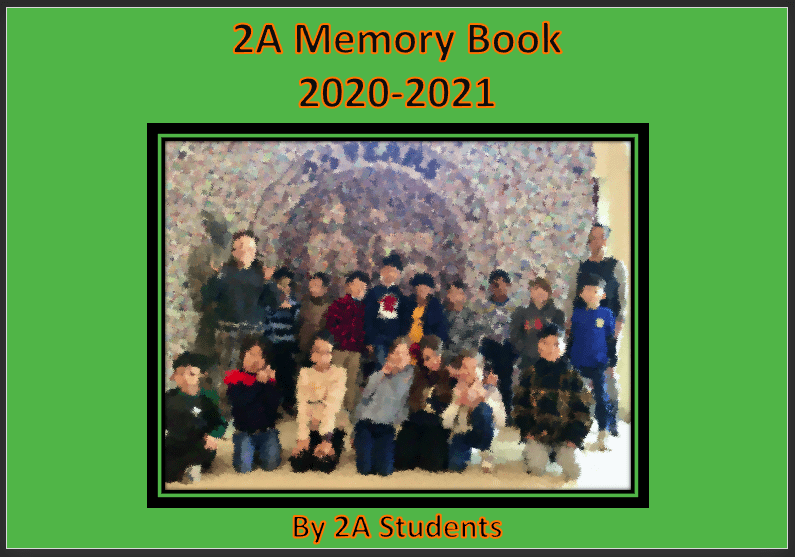













 They began thinking about the information they wished to share with an audience. They put their ideas down in their notebooks. The students were encouraged to skip lines when they wrote, leaving space to revise and edit.
They began thinking about the information they wished to share with an audience. They put their ideas down in their notebooks. The students were encouraged to skip lines when they wrote, leaving space to revise and edit.

 Next, the students read through the information and decided if the information was in a logical sequence. They continued to change and edit their work as needed.
Next, the students read through the information and decided if the information was in a logical sequence. They continued to change and edit their work as needed.

















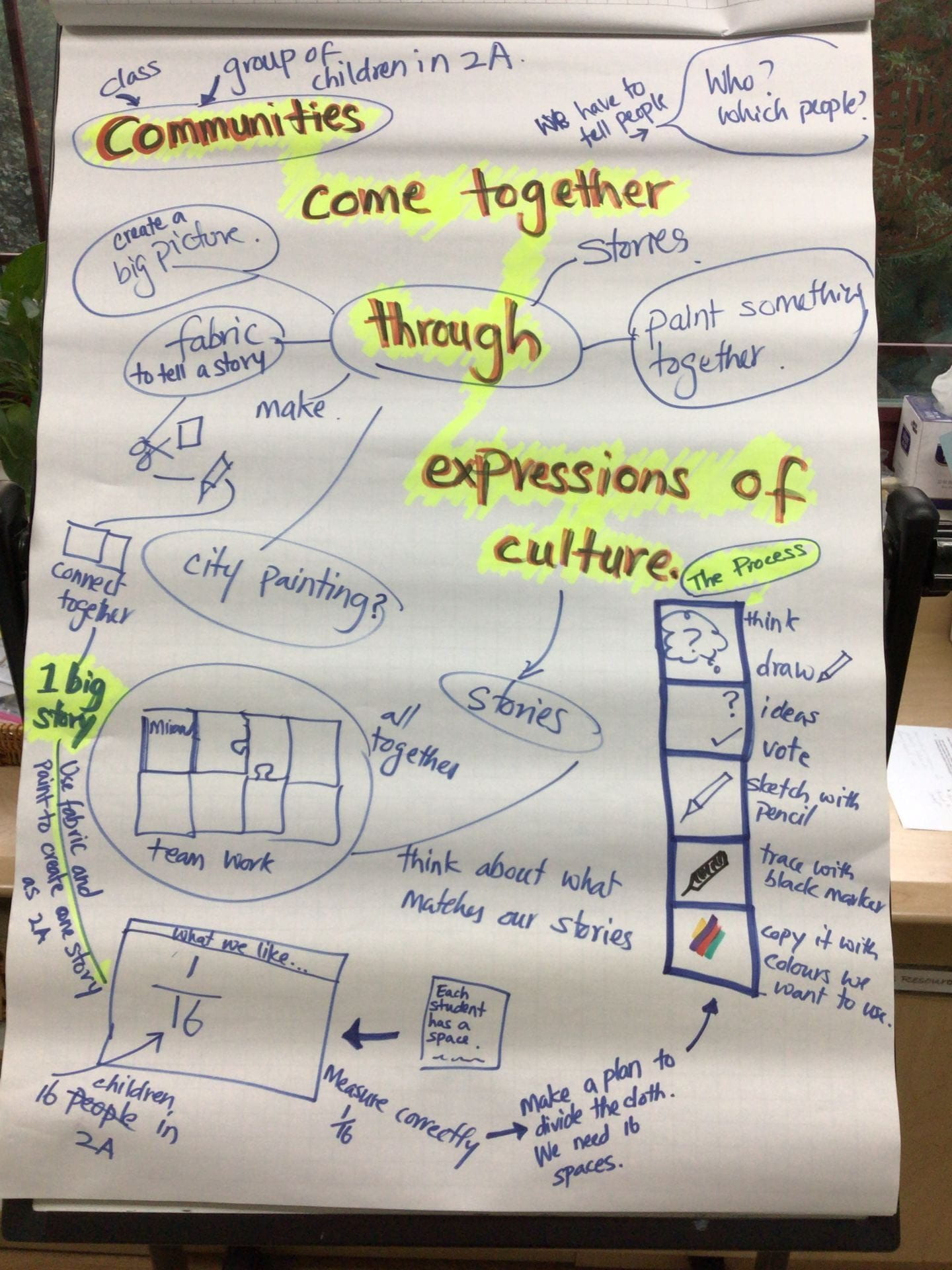




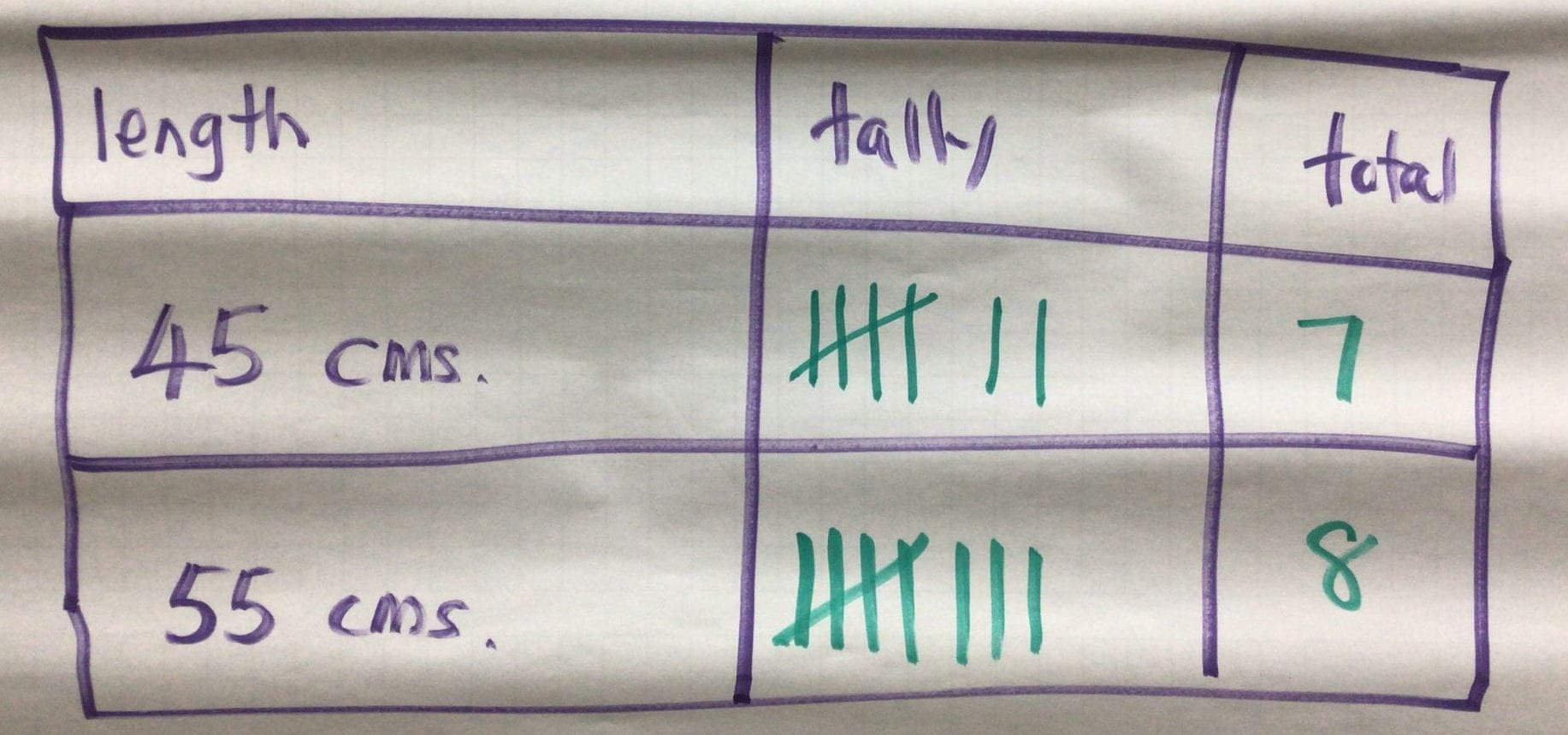








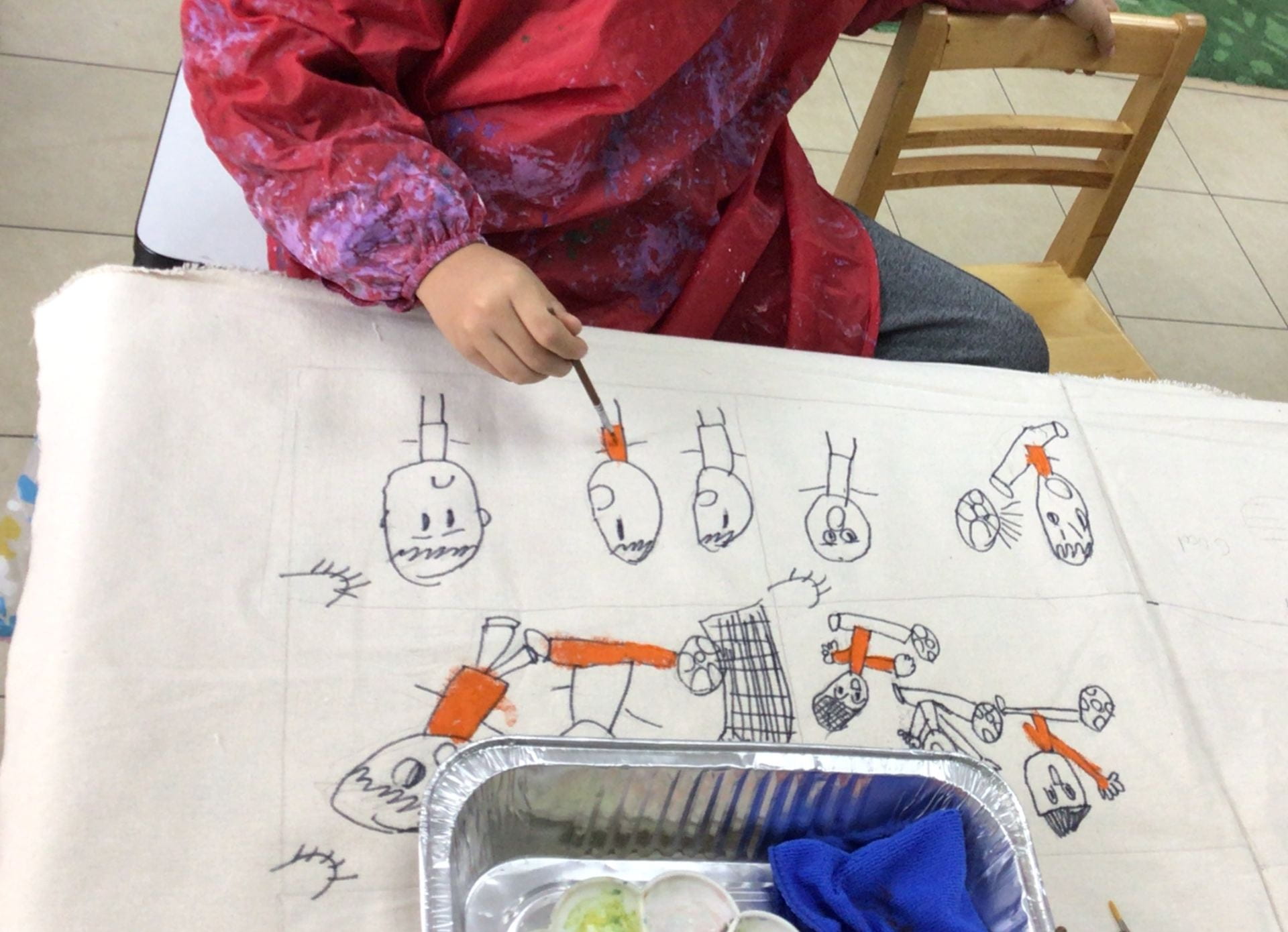






























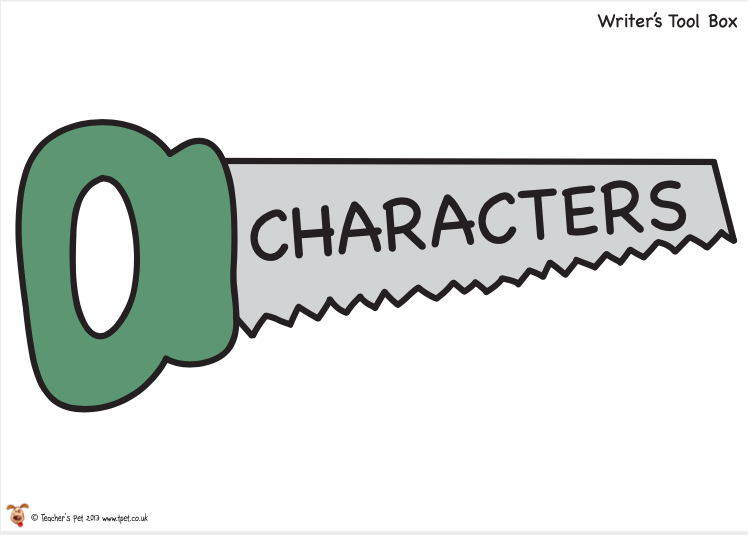

 We tried different and interesting words. Using our senses helped us recall important details that we wanted to share with our readers.
We tried different and interesting words. Using our senses helped us recall important details that we wanted to share with our readers.


 When we were done, we could see a clear beginning, middle and end to our story. We thought it sounded interesting and hope our readers will enjoy it!
When we were done, we could see a clear beginning, middle and end to our story. We thought it sounded interesting and hope our readers will enjoy it!
























 This plant eats insects!! We had some tiny earthworms and the children wanted to feed the plant. They were excited to see how the plant eats the worms.
This plant eats insects!! We had some tiny earthworms and the children wanted to feed the plant. They were excited to see how the plant eats the worms. 

























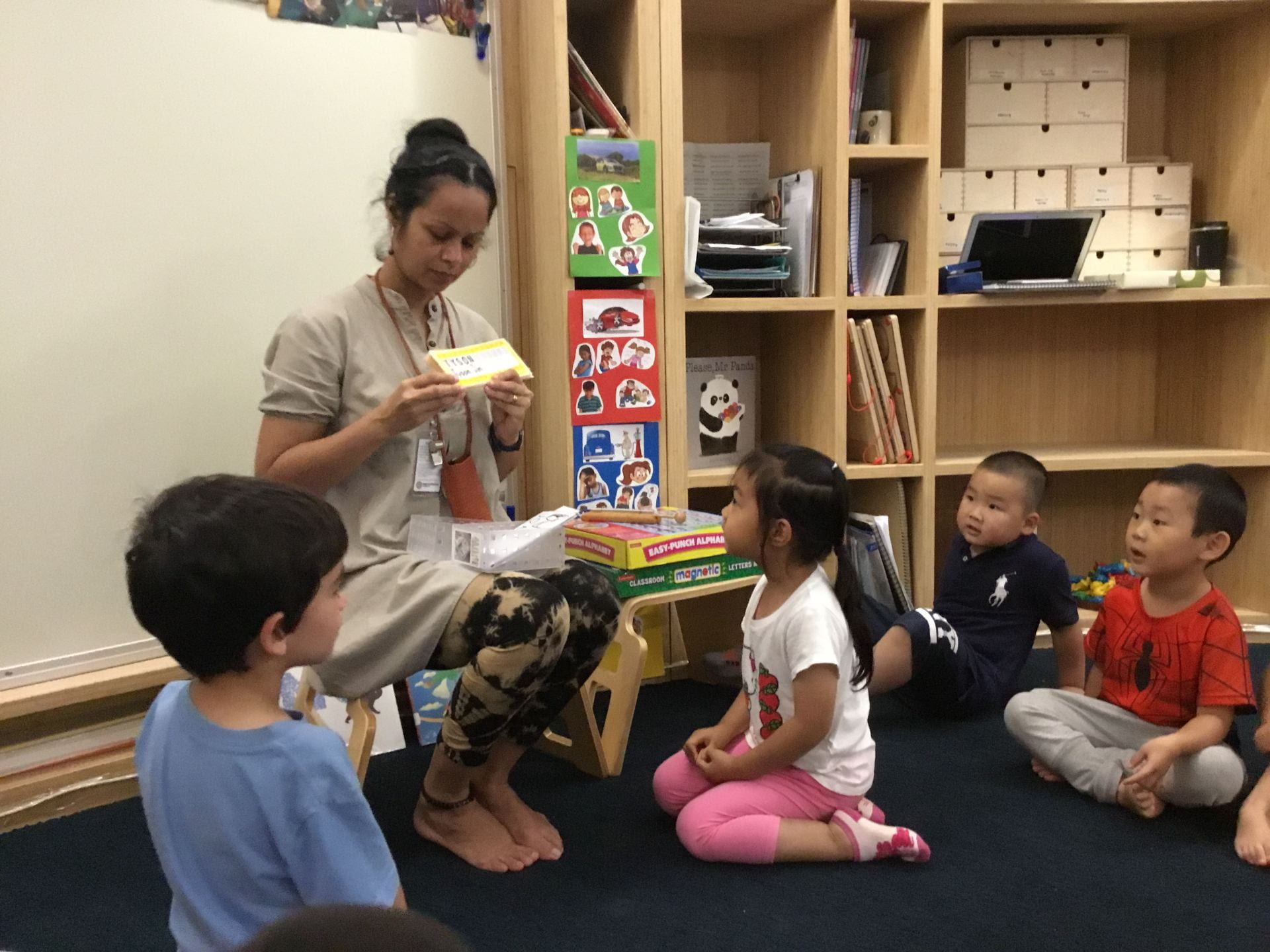
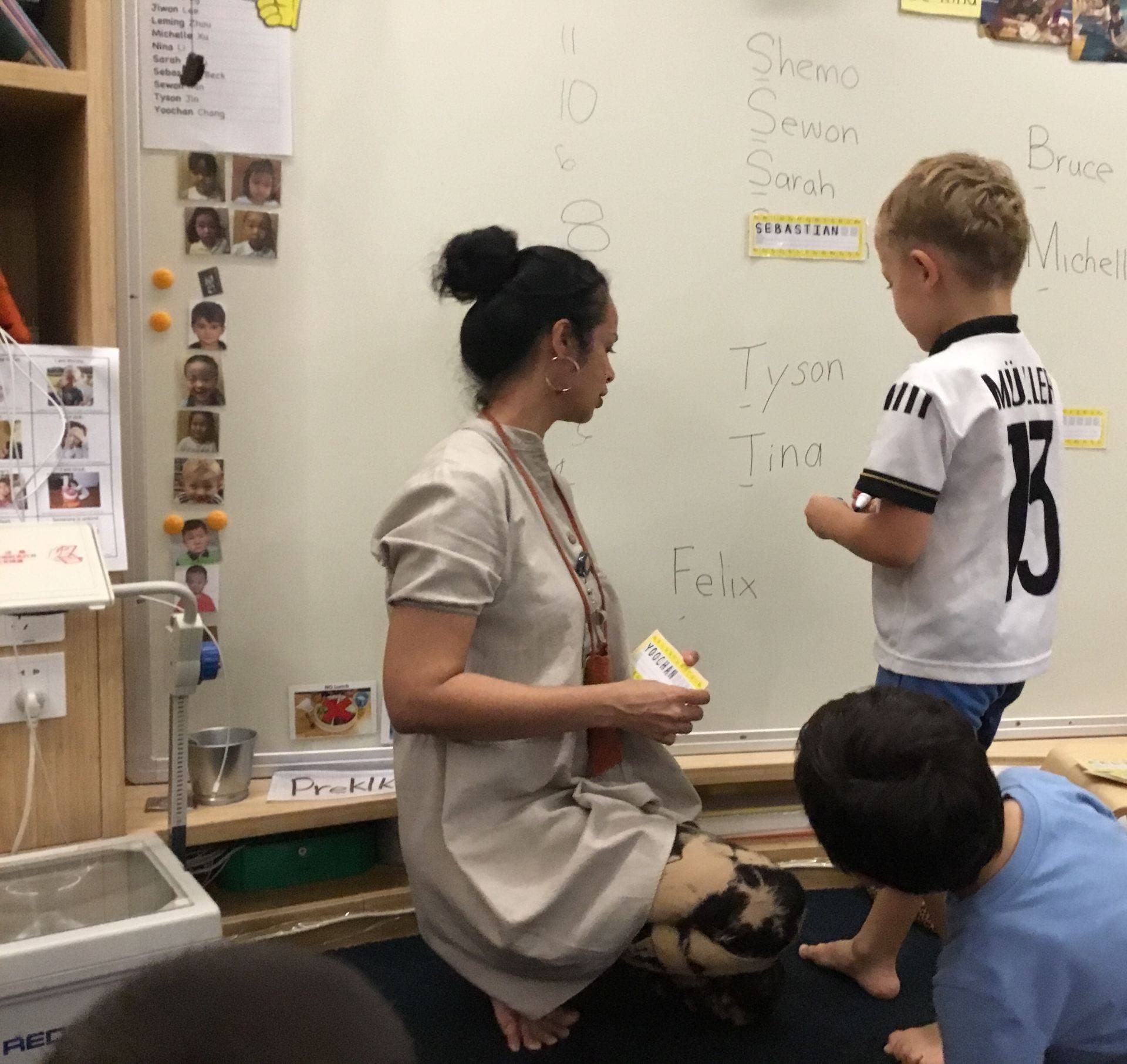








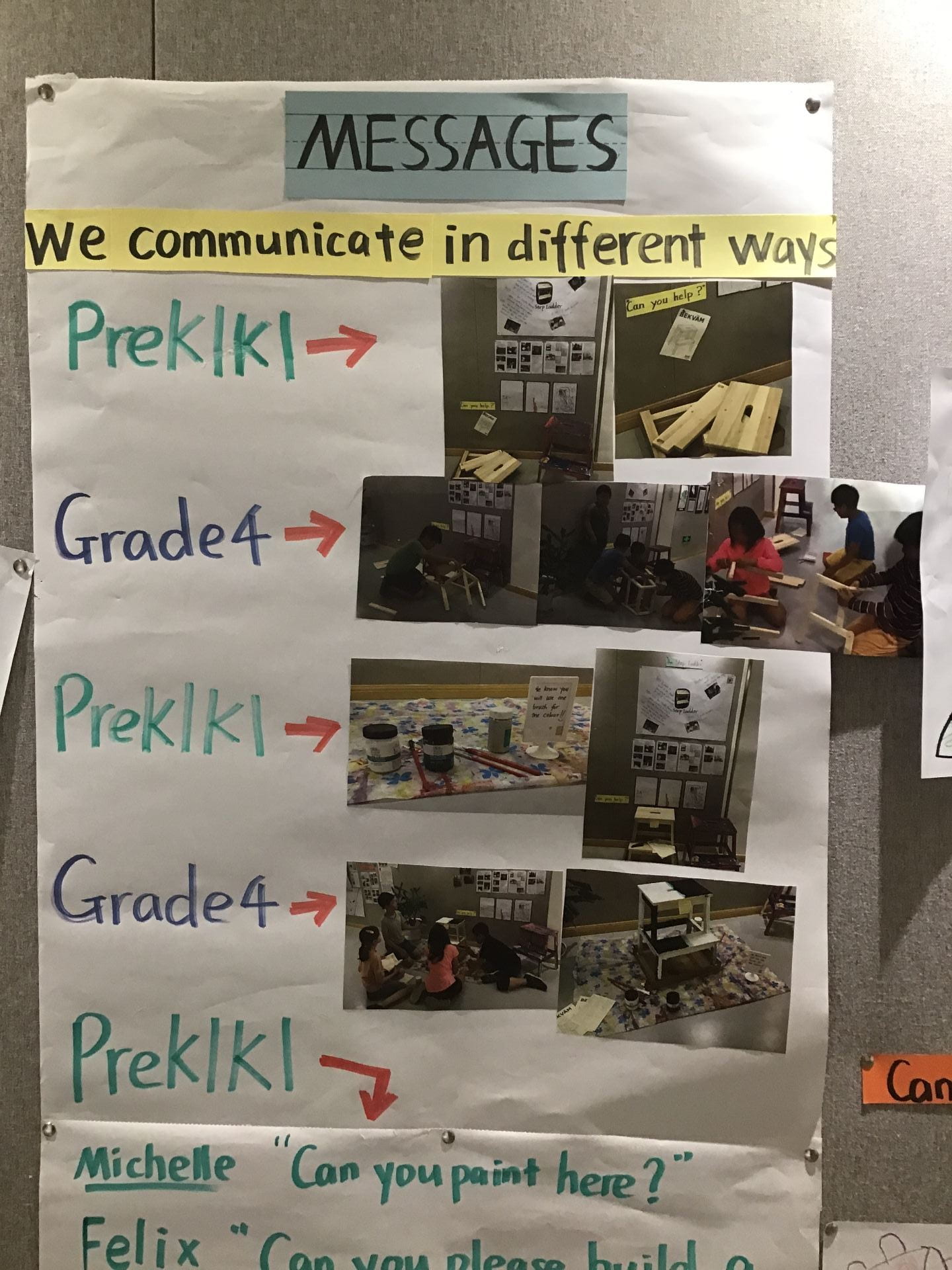














 We listened to the story ‘Tall’ by Jez Alborough. In this story, a tiny chimp wants to always feel taller than the other animals in the jungle.
We listened to the story ‘Tall’ by Jez Alborough. In this story, a tiny chimp wants to always feel taller than the other animals in the jungle.




